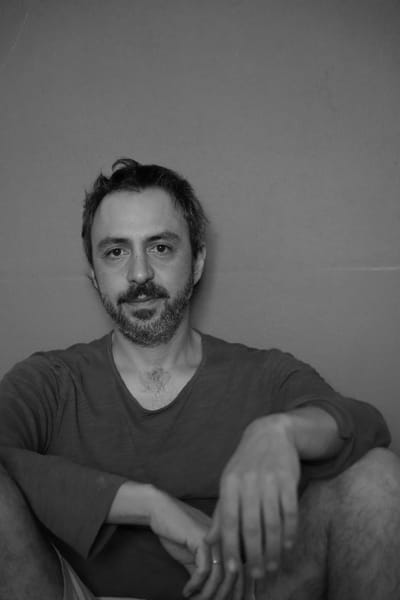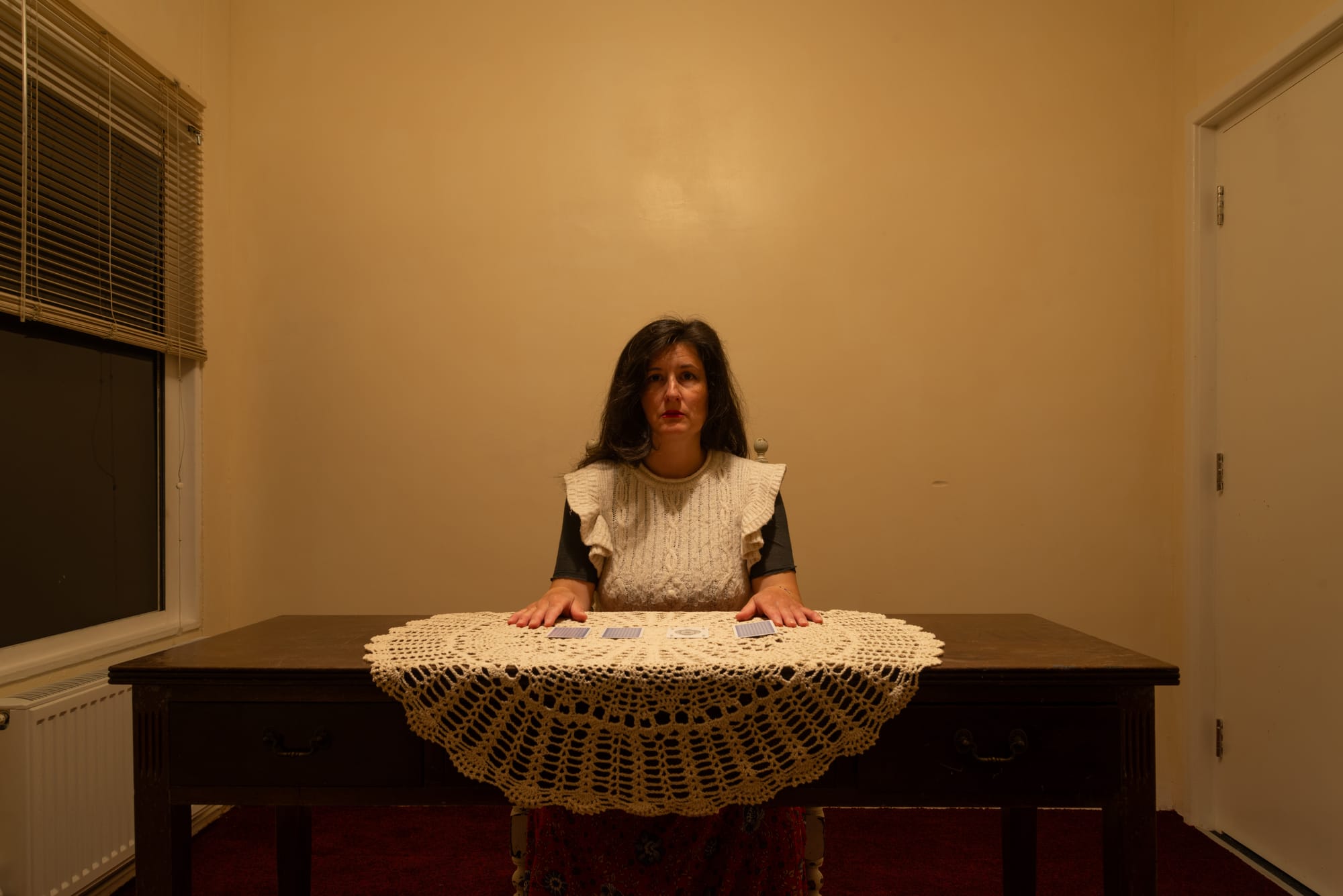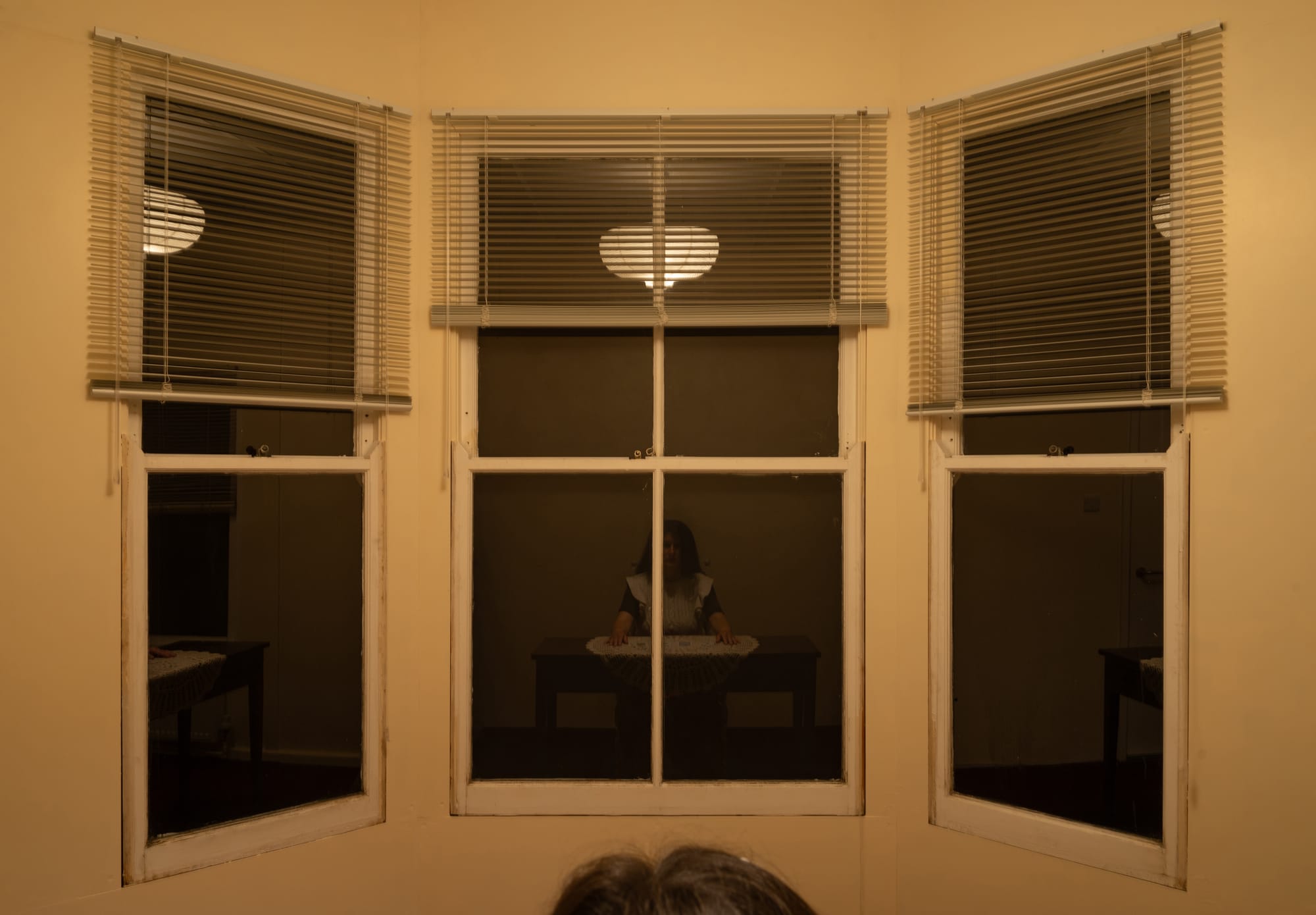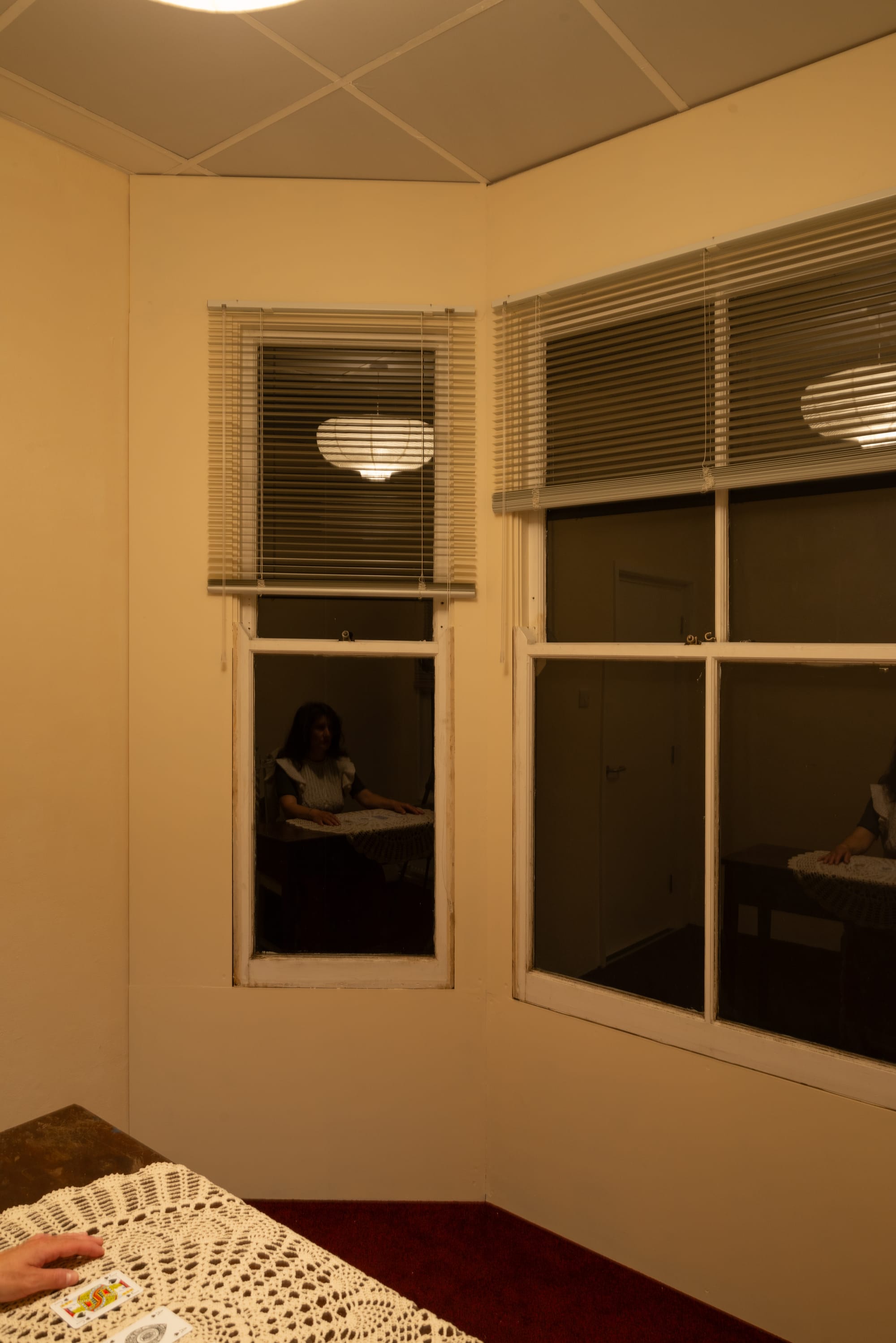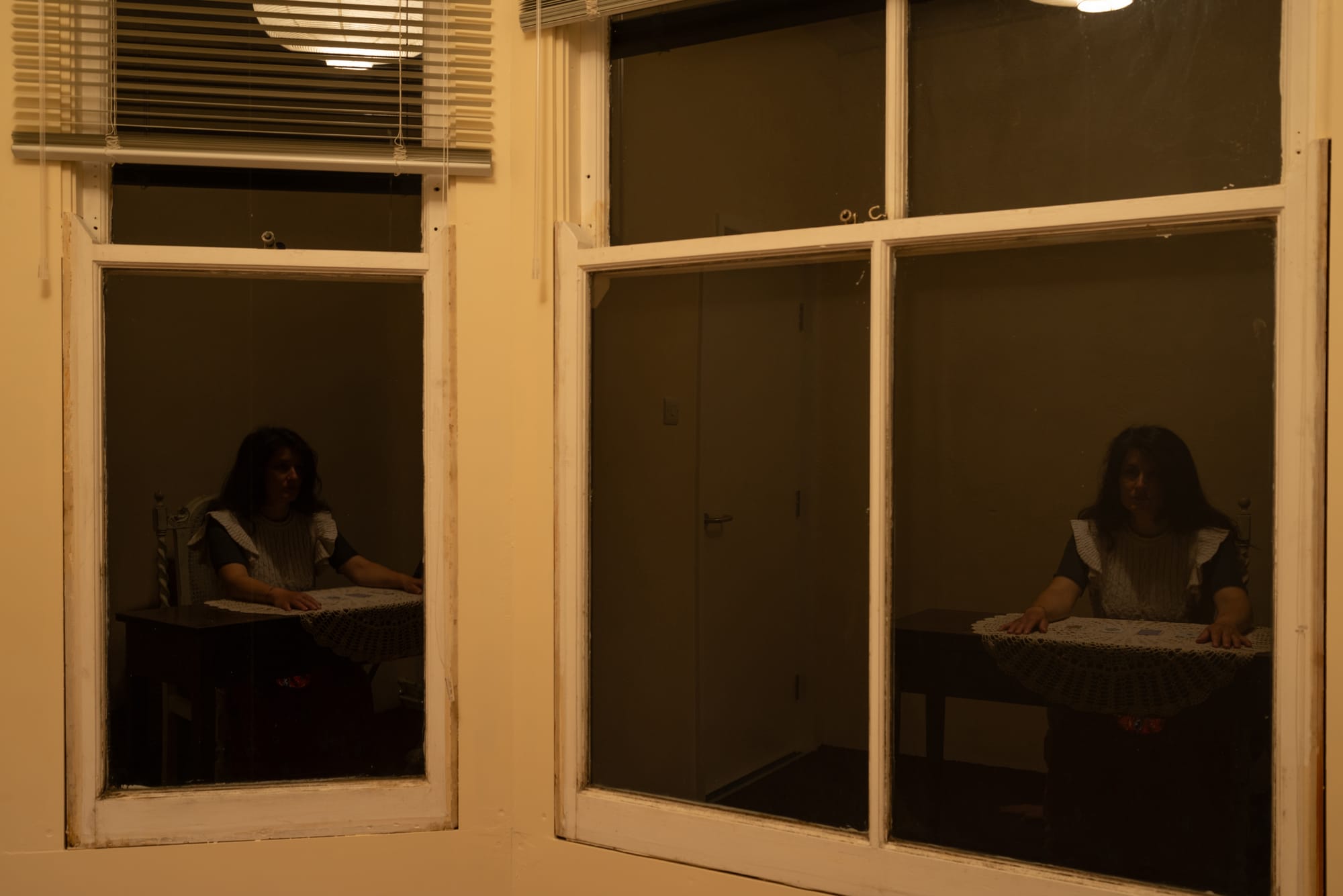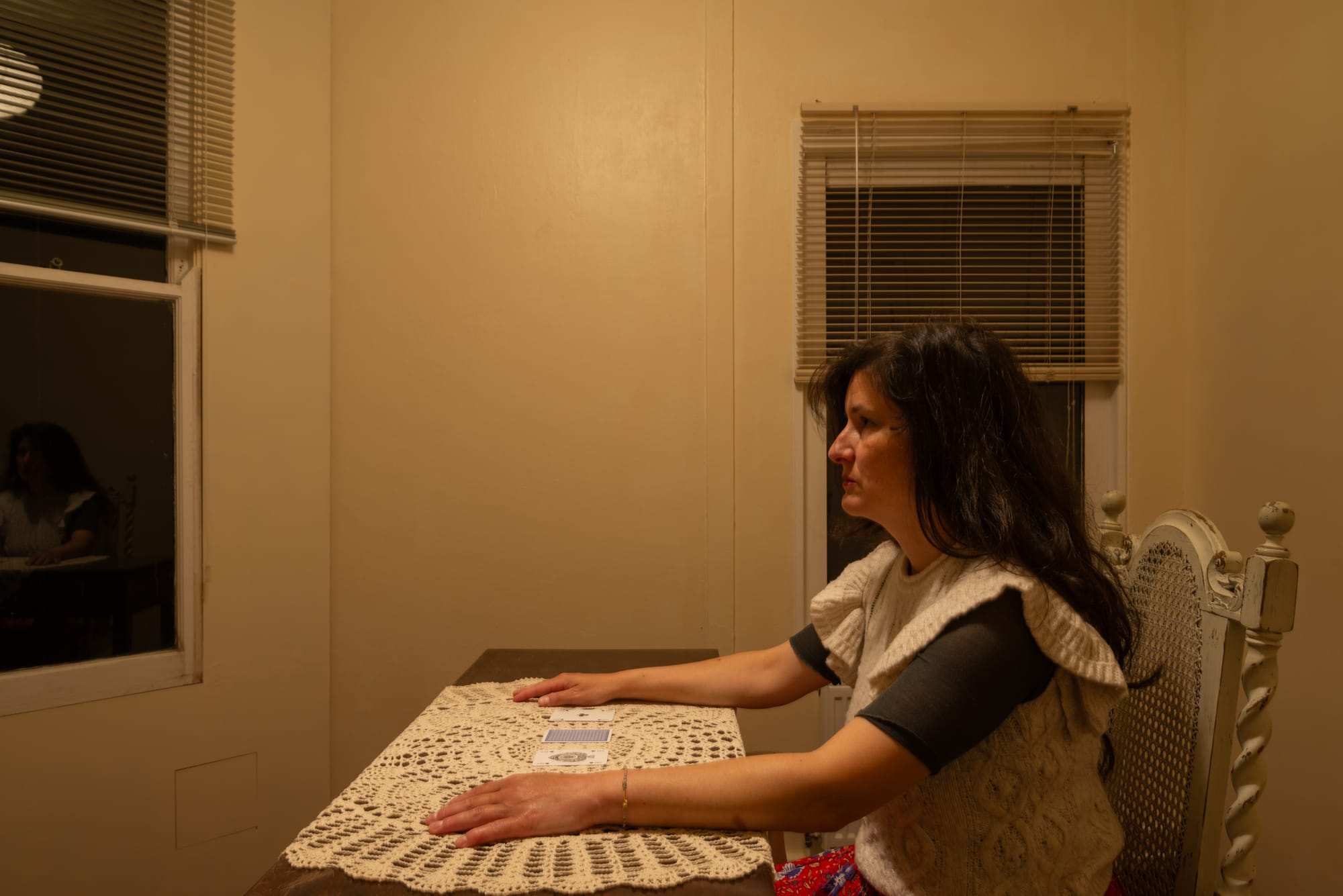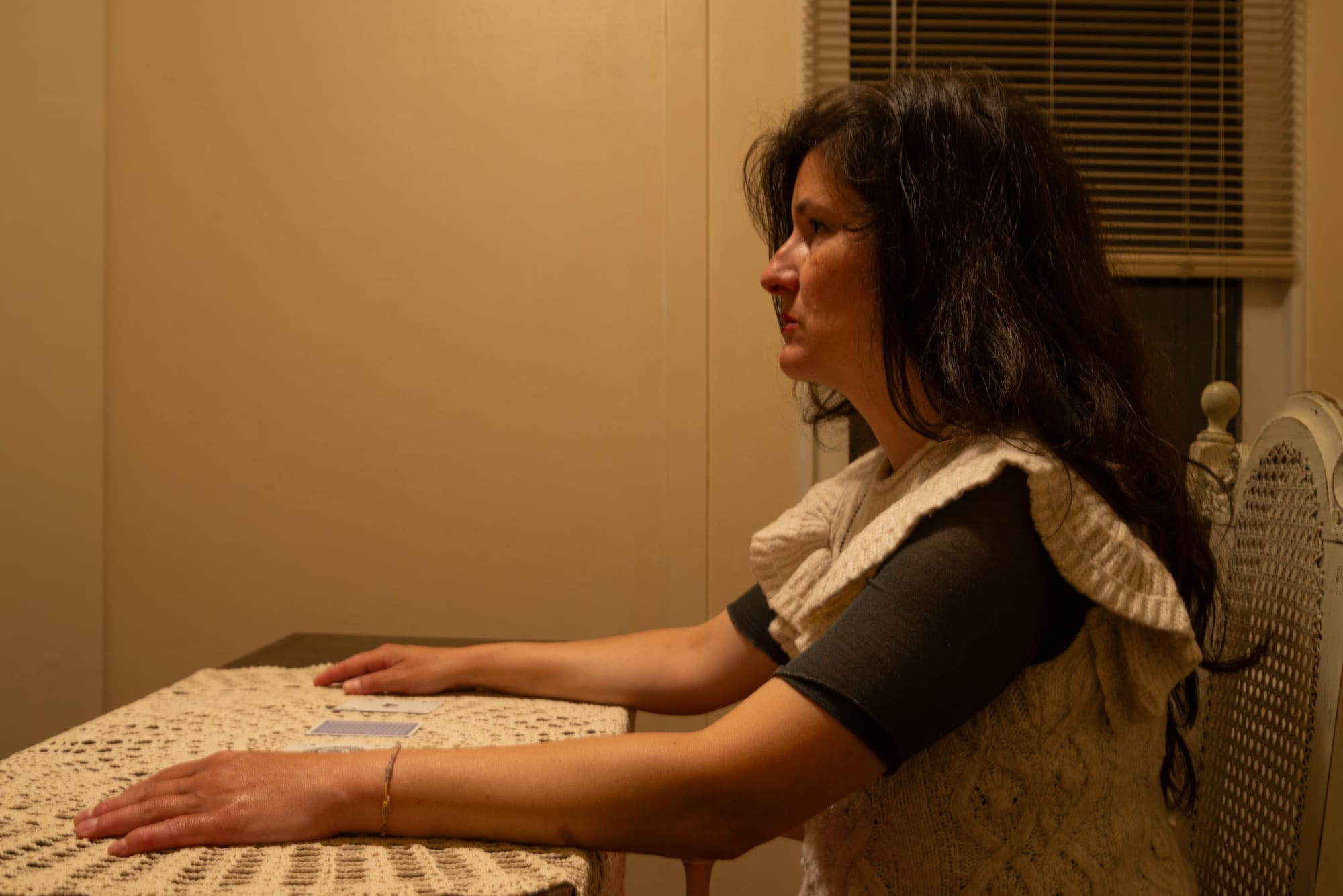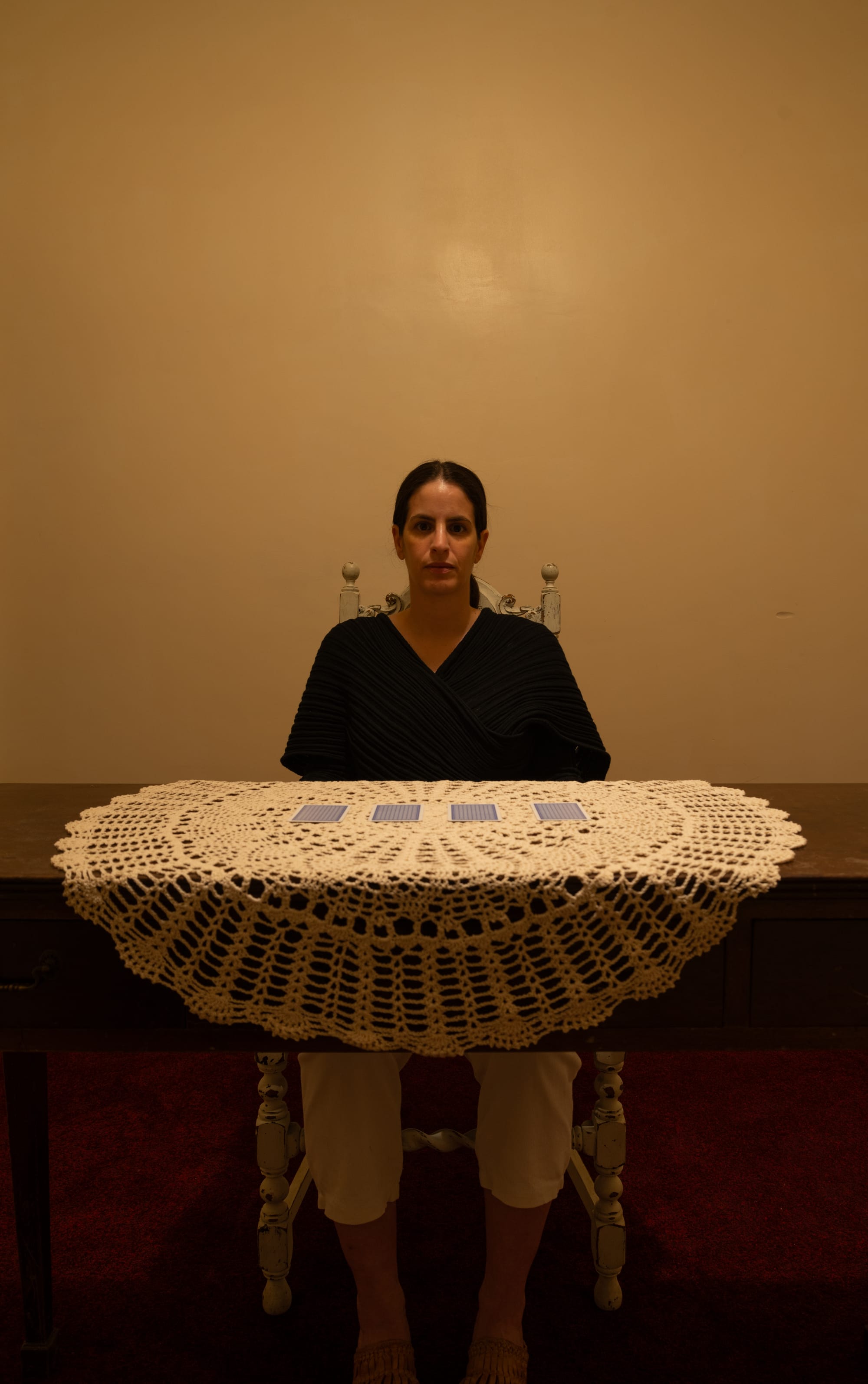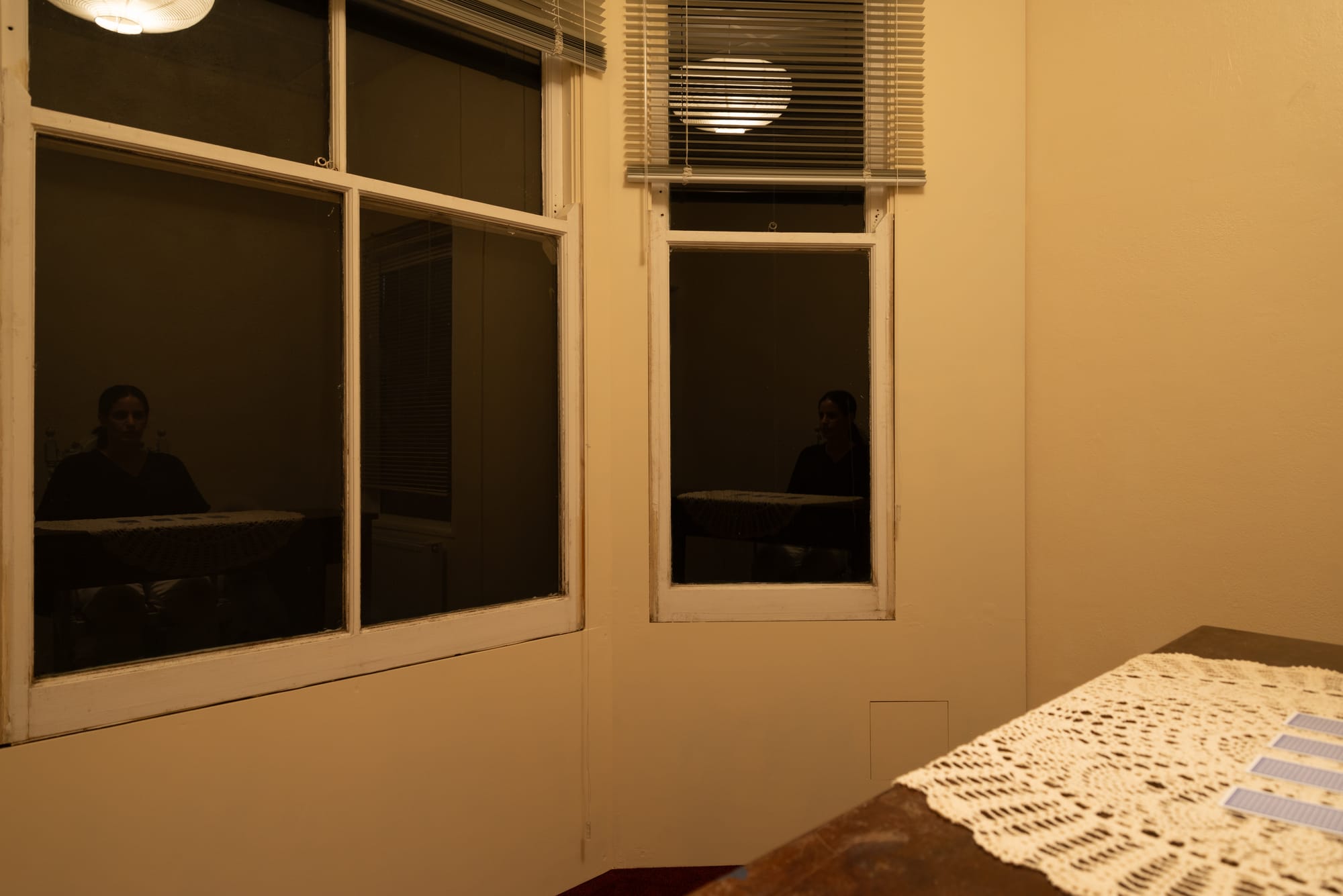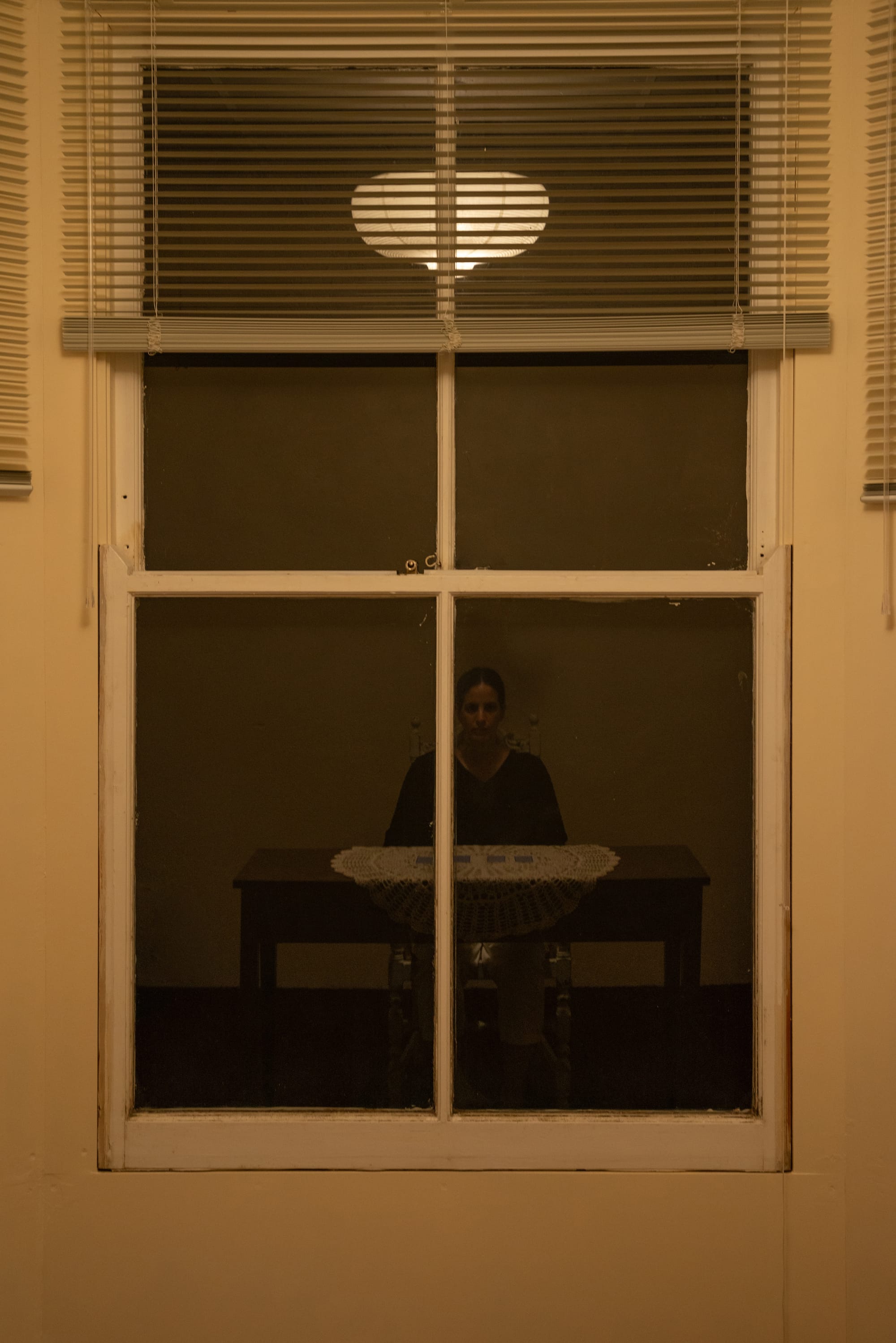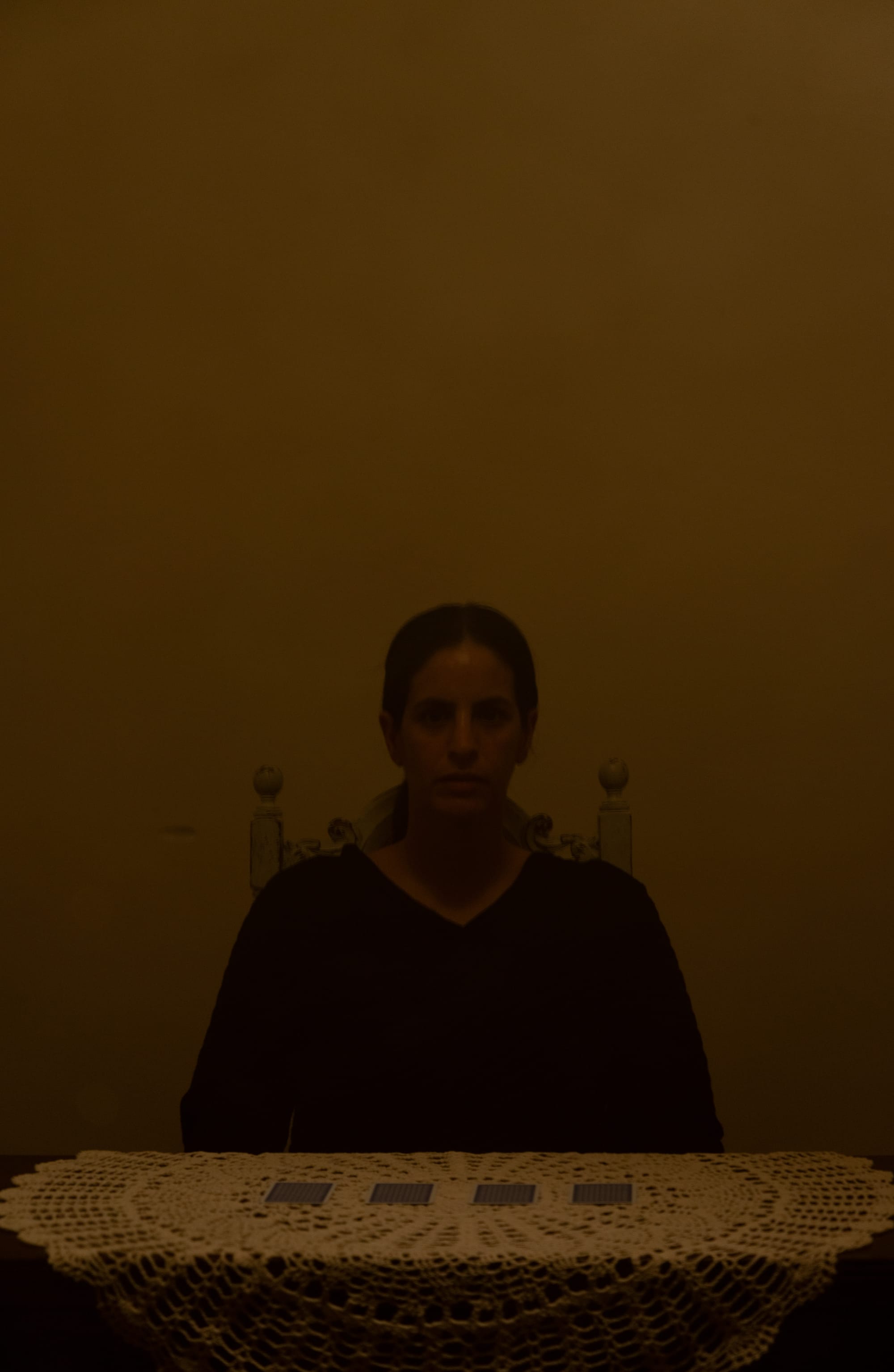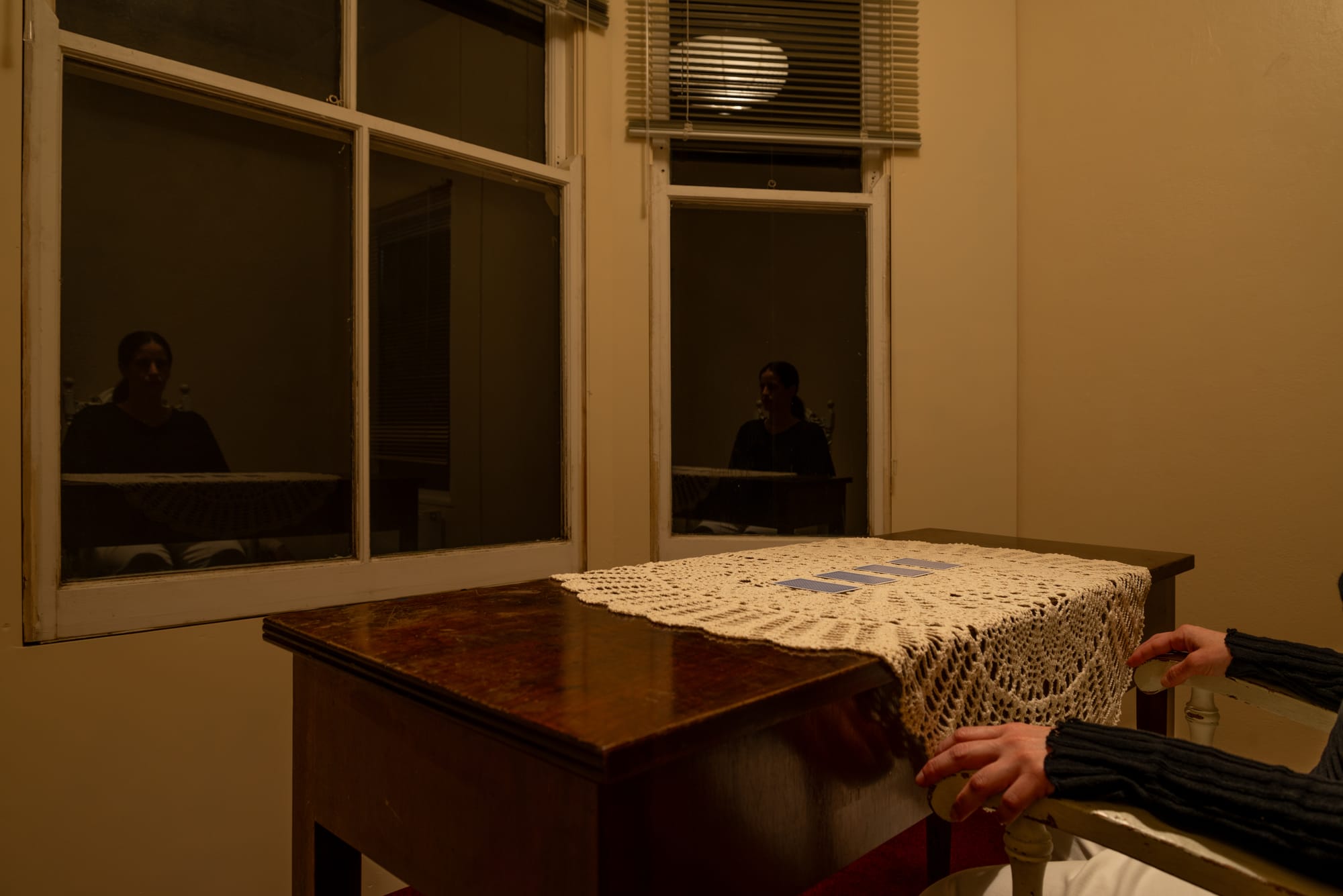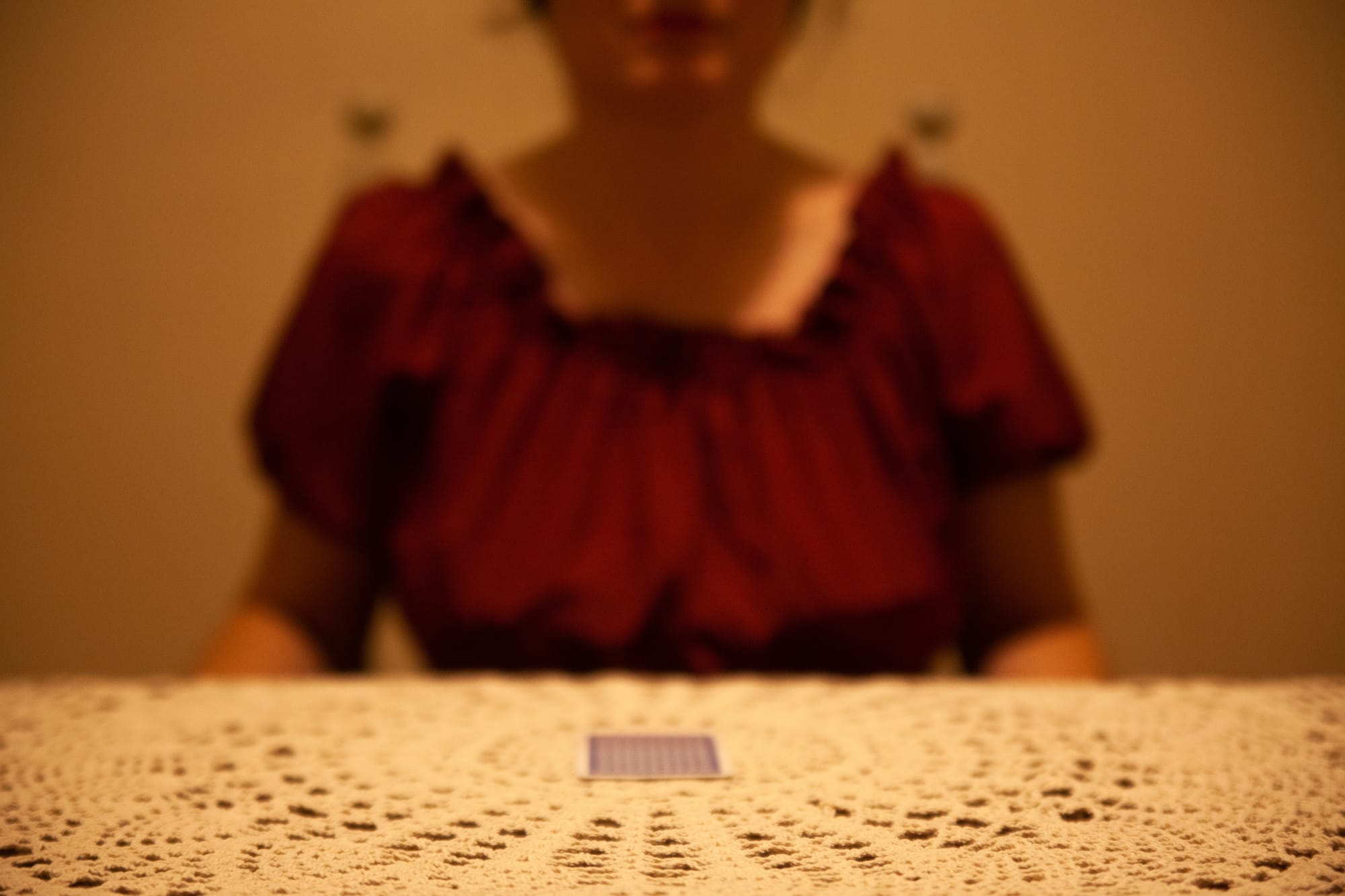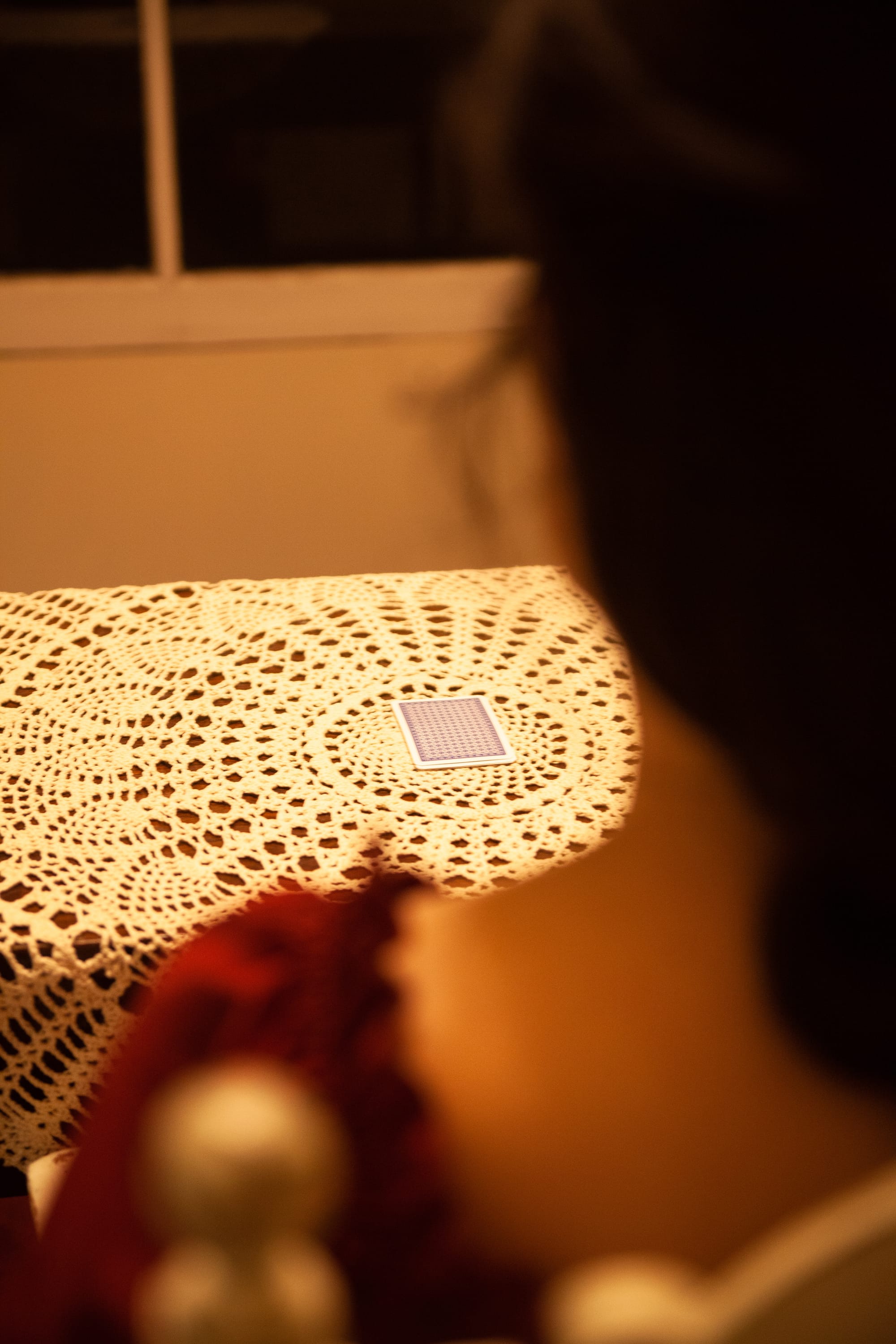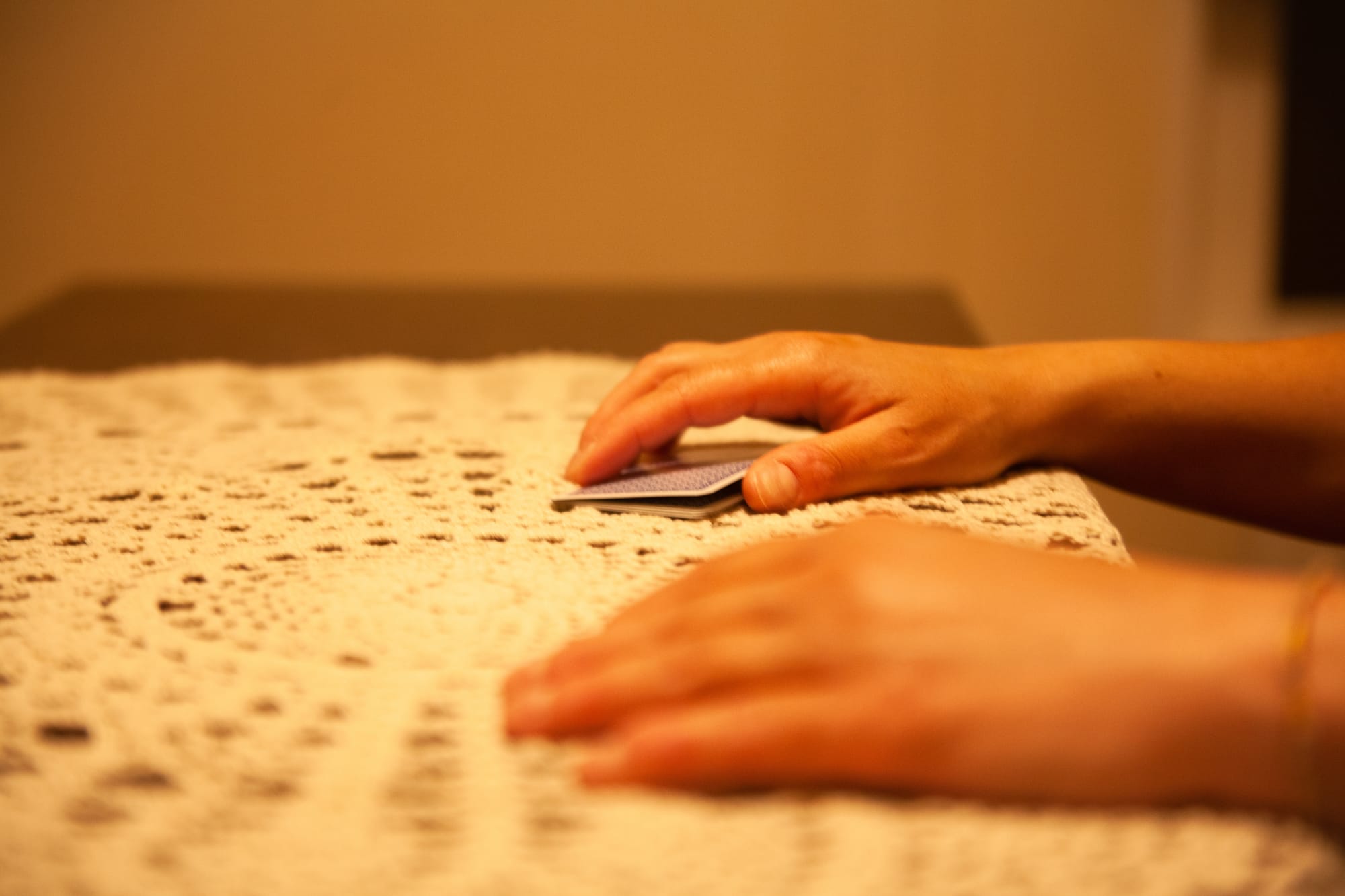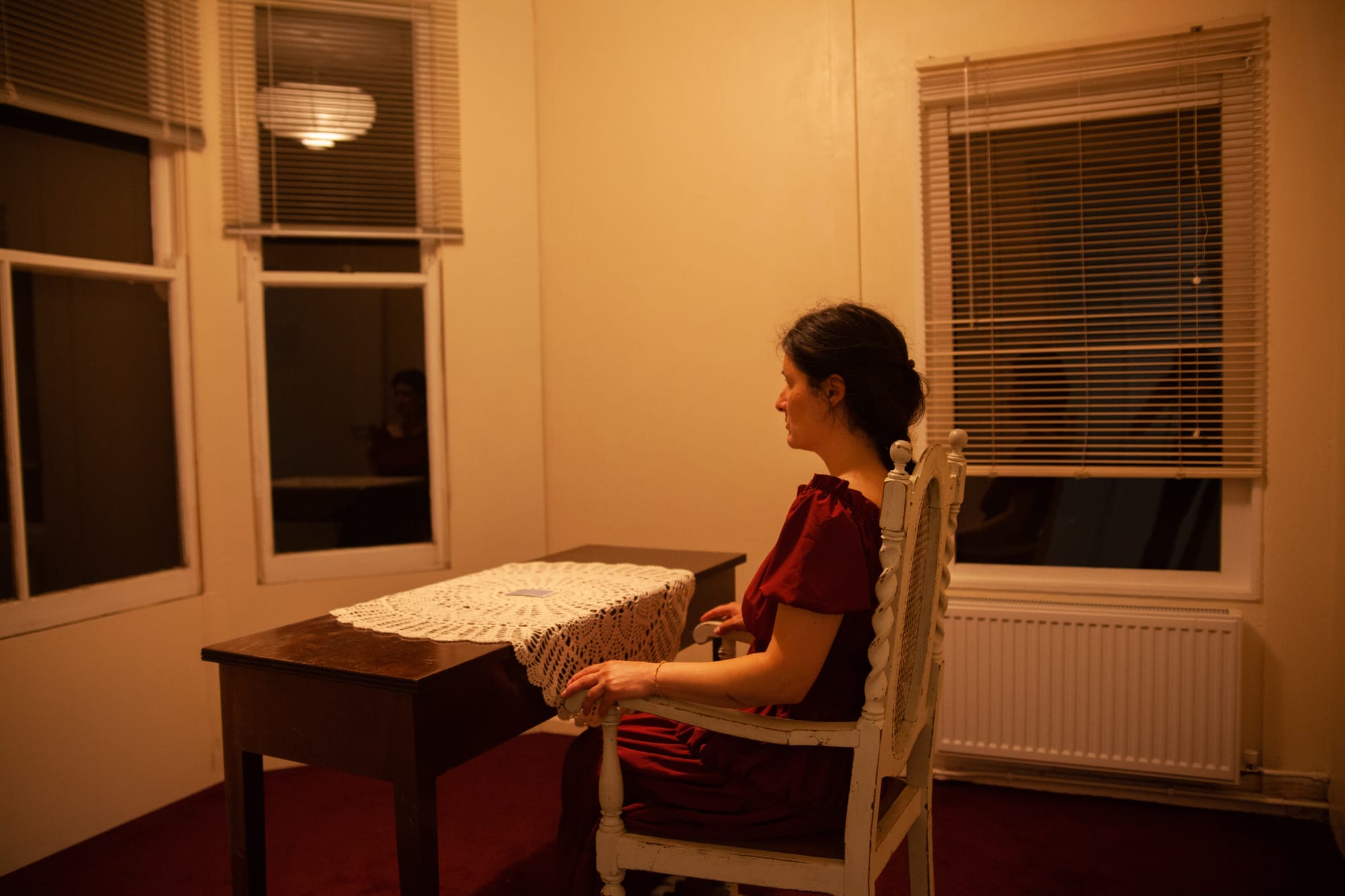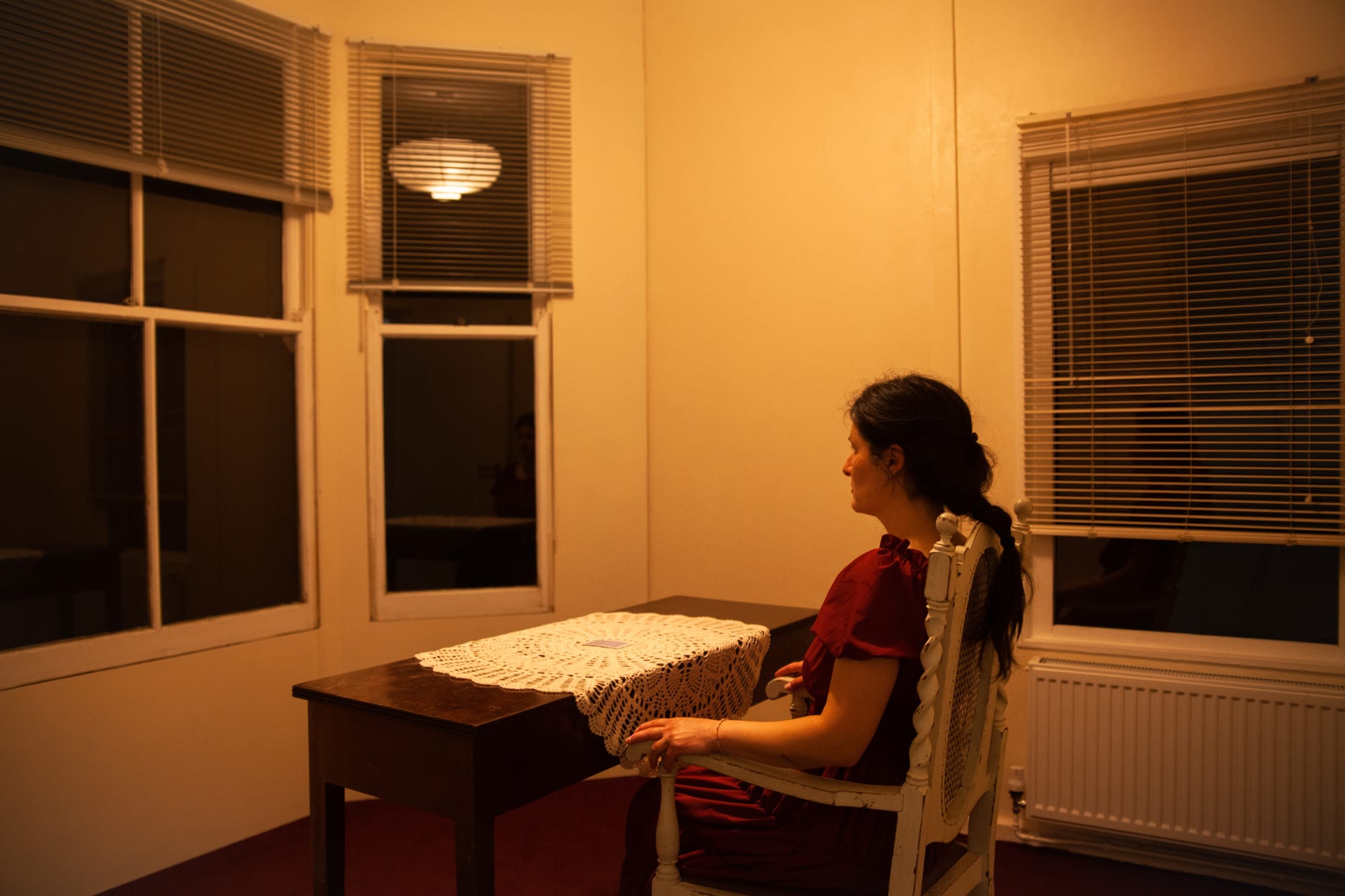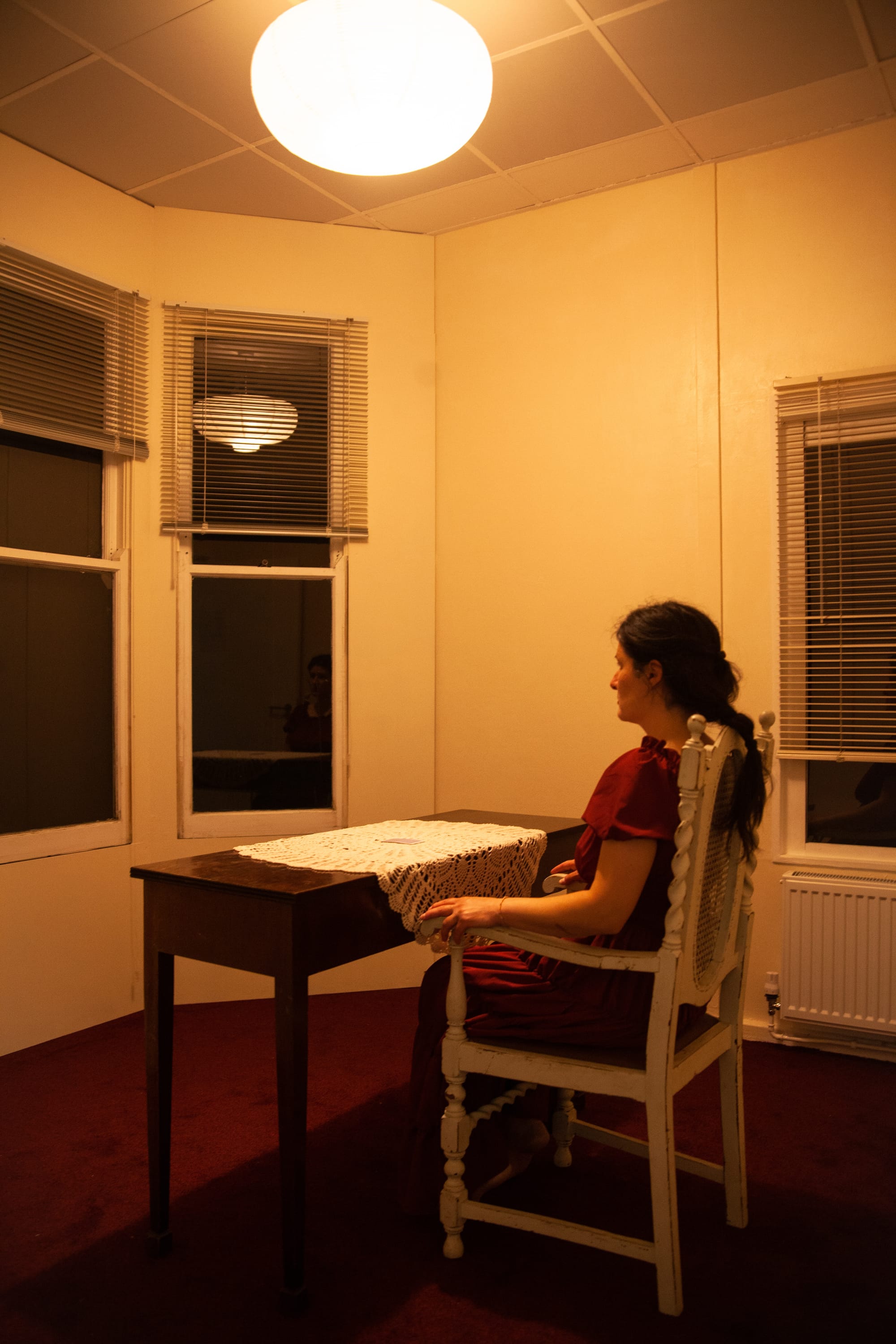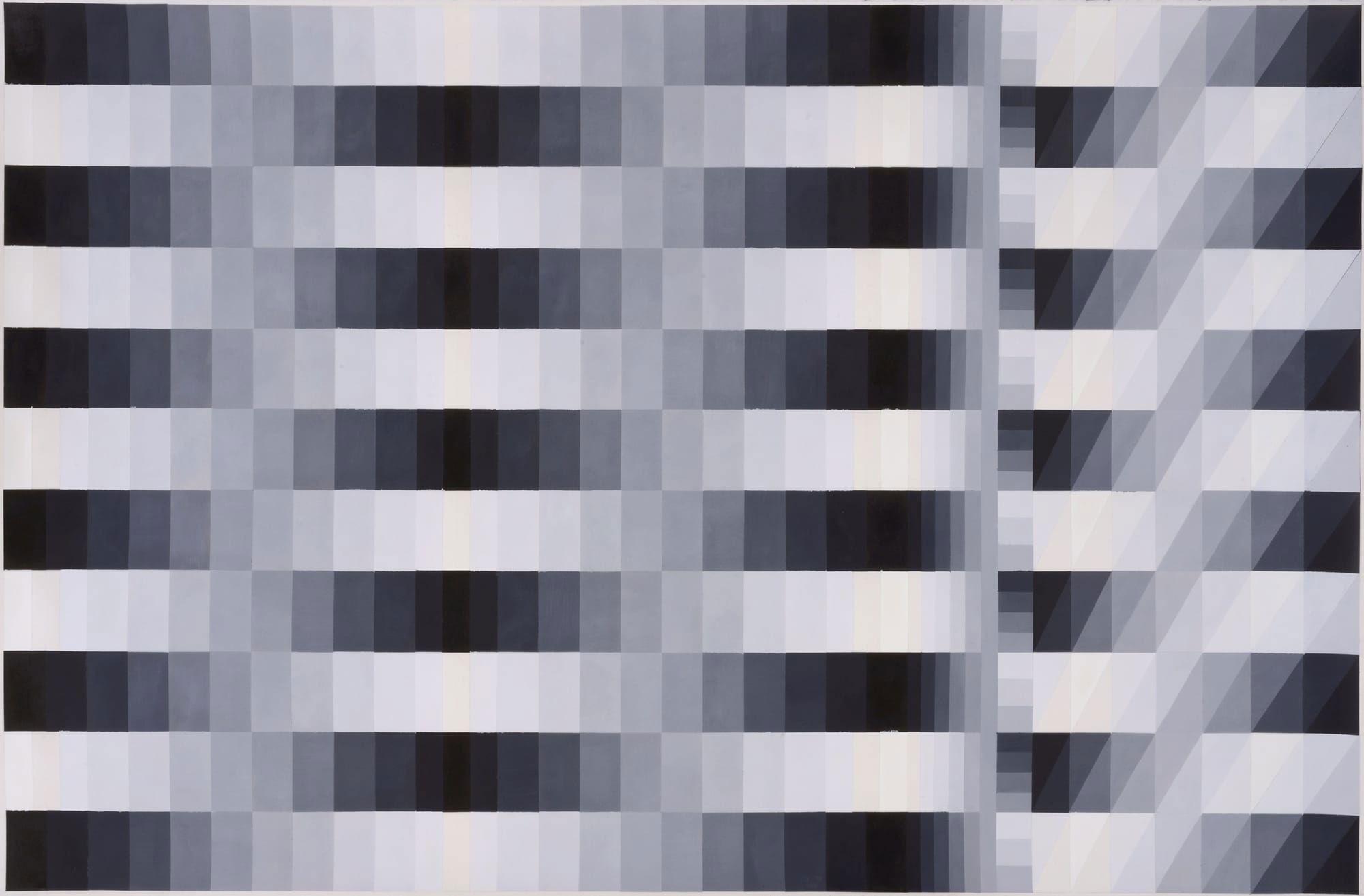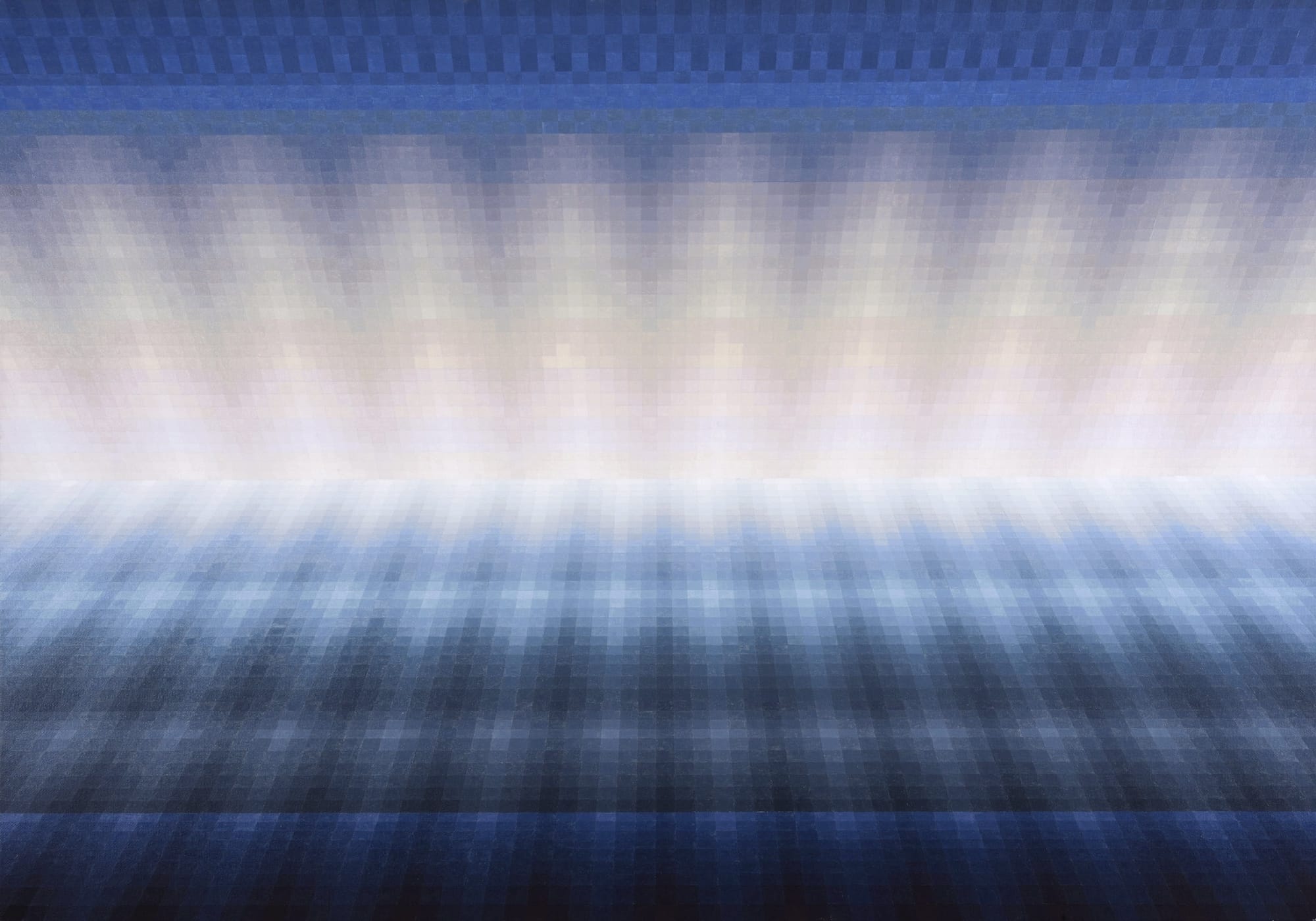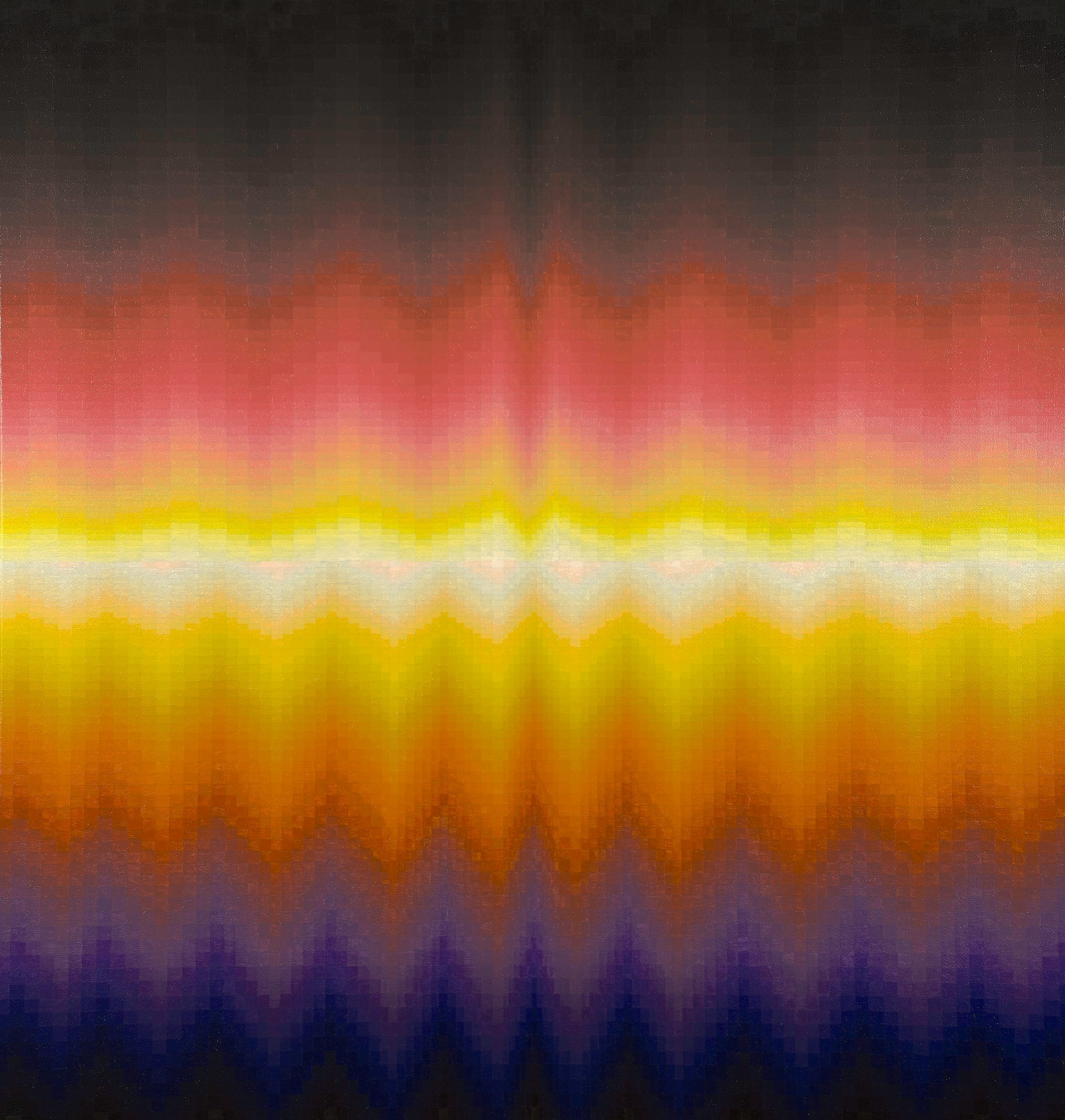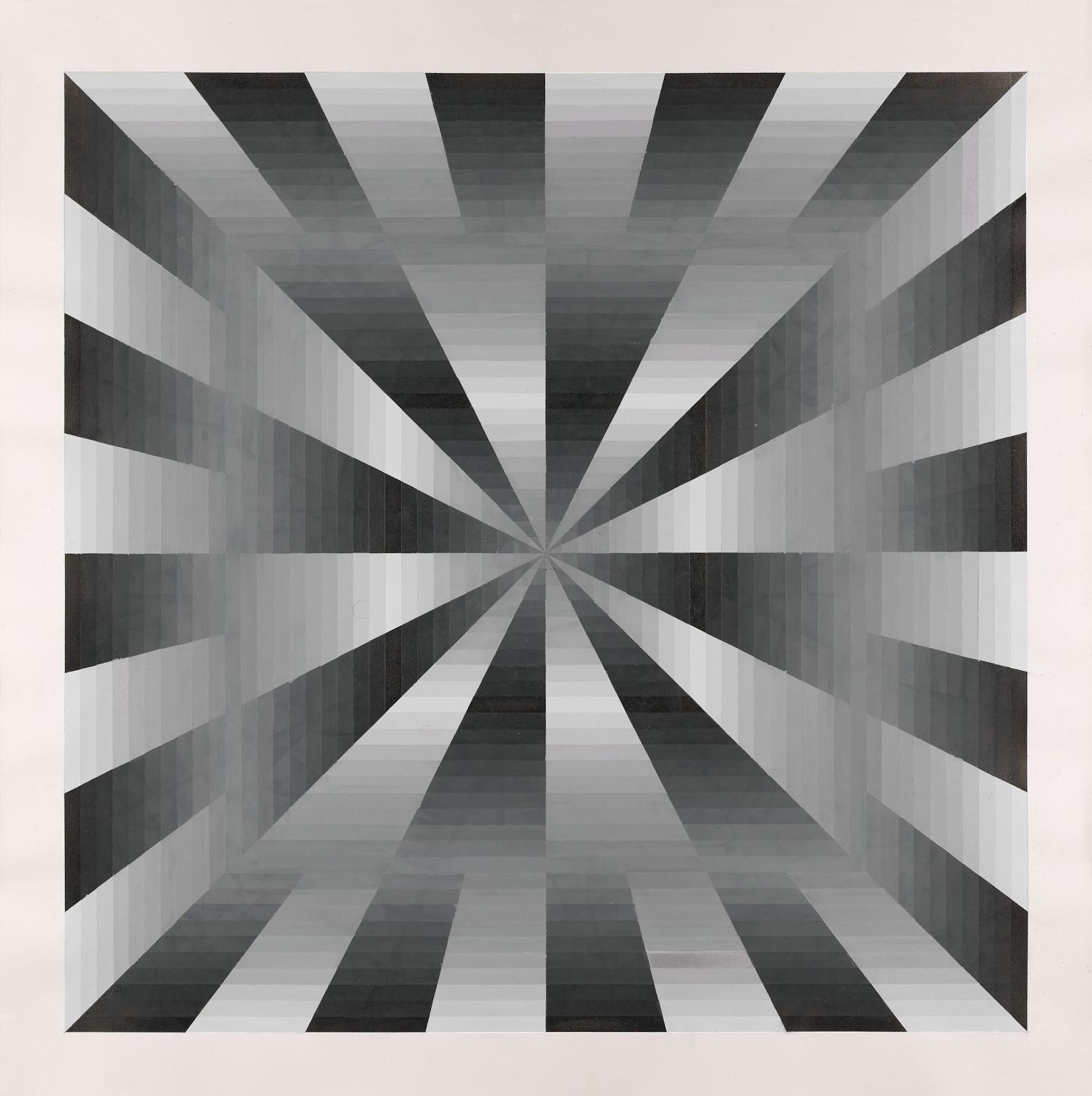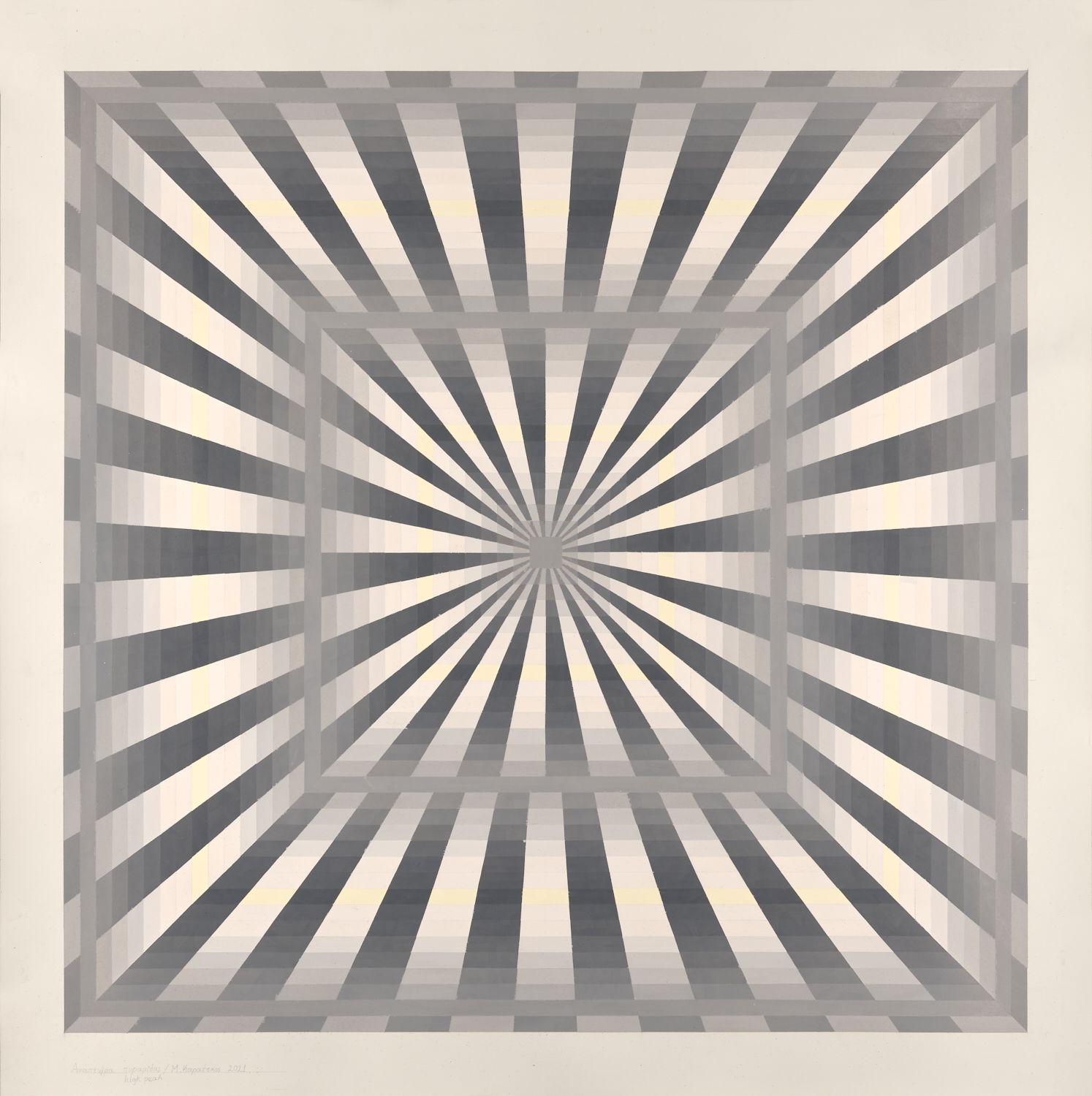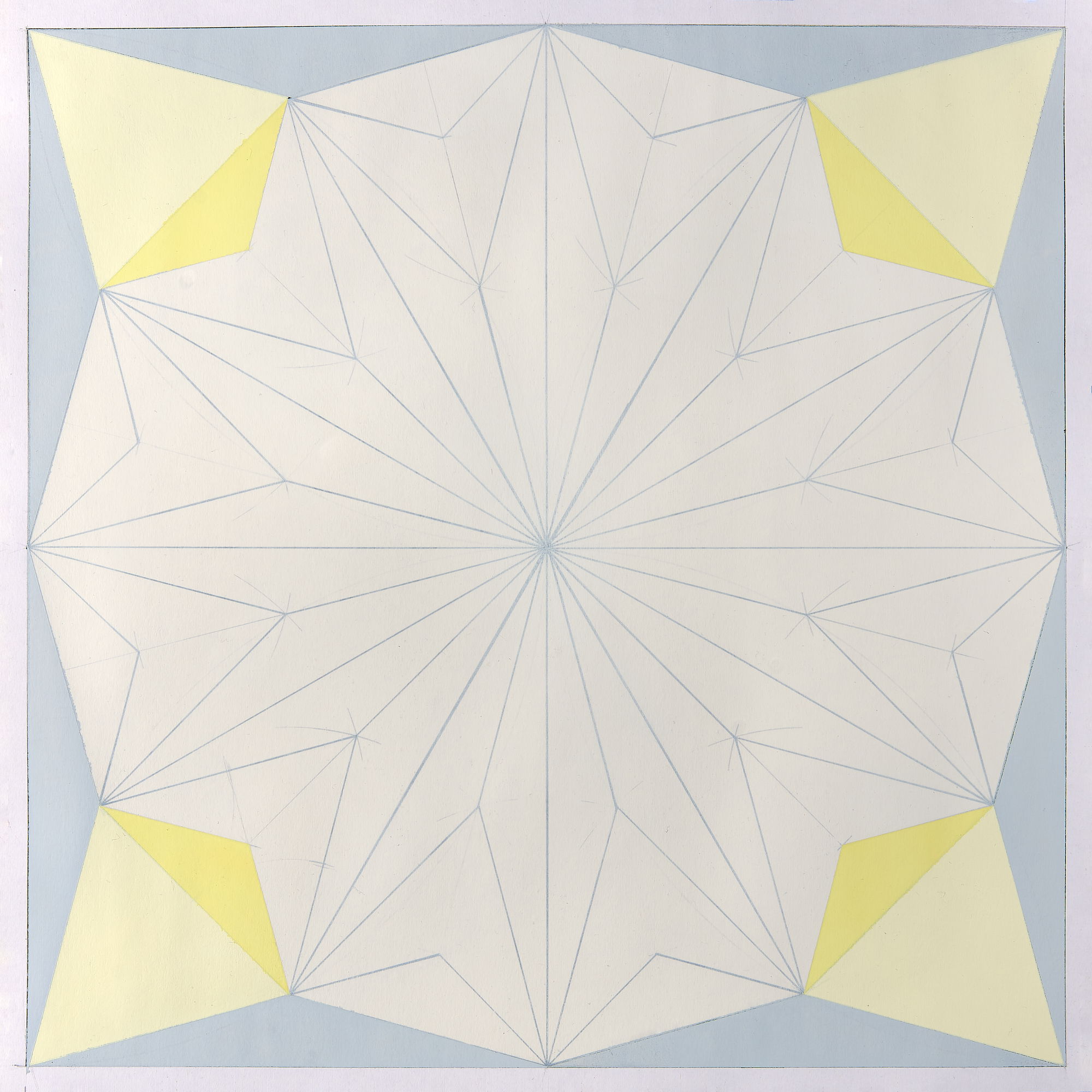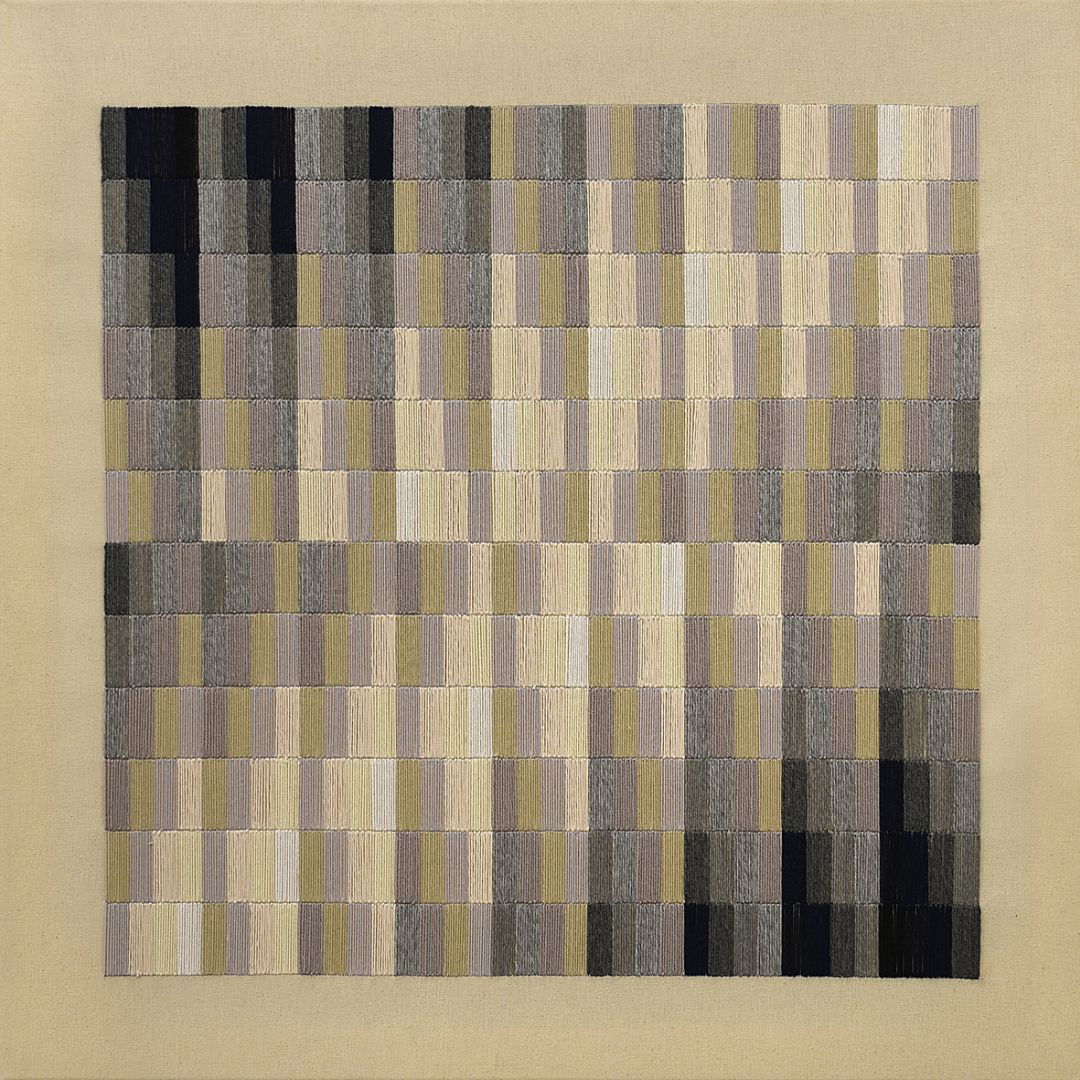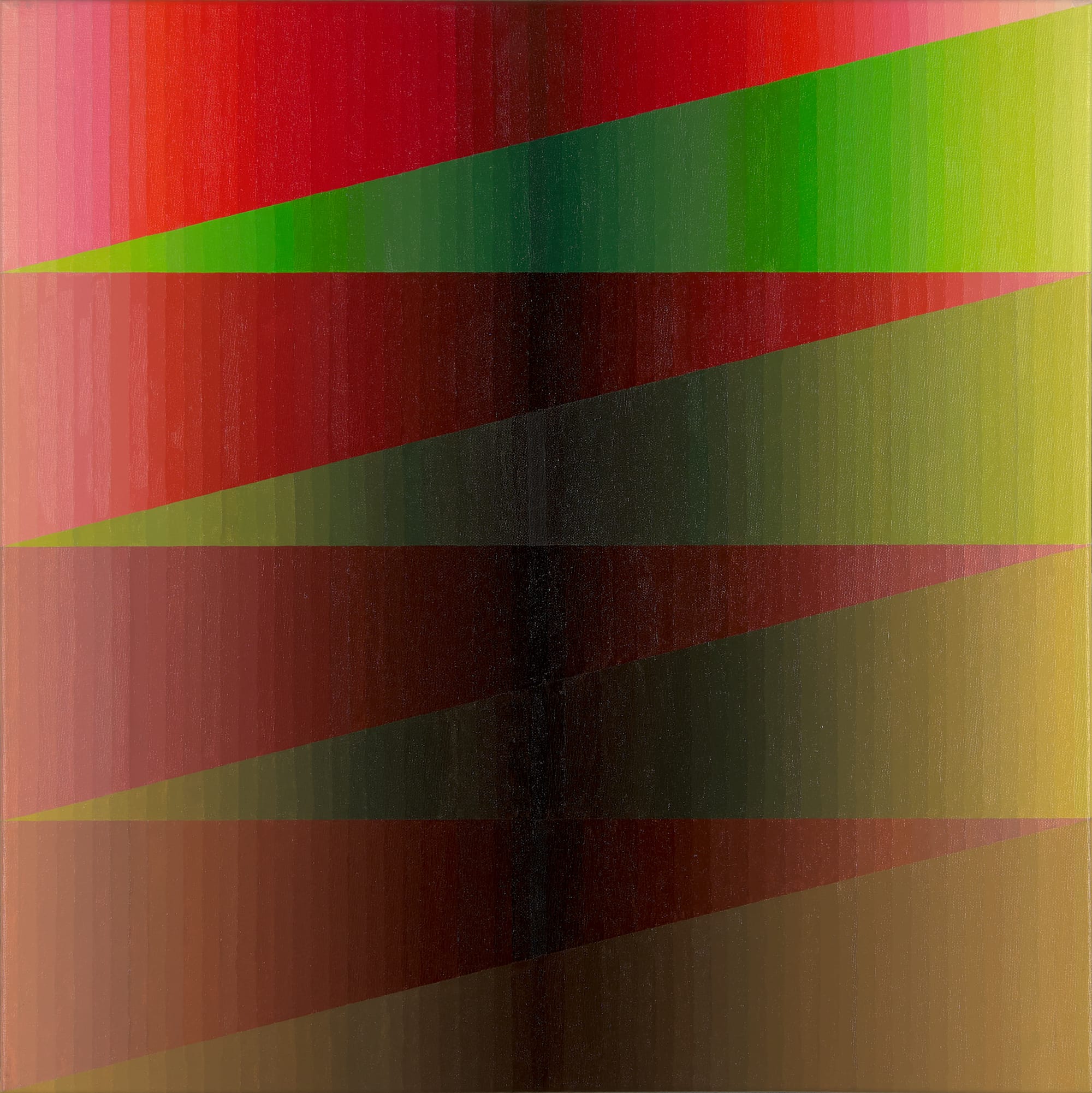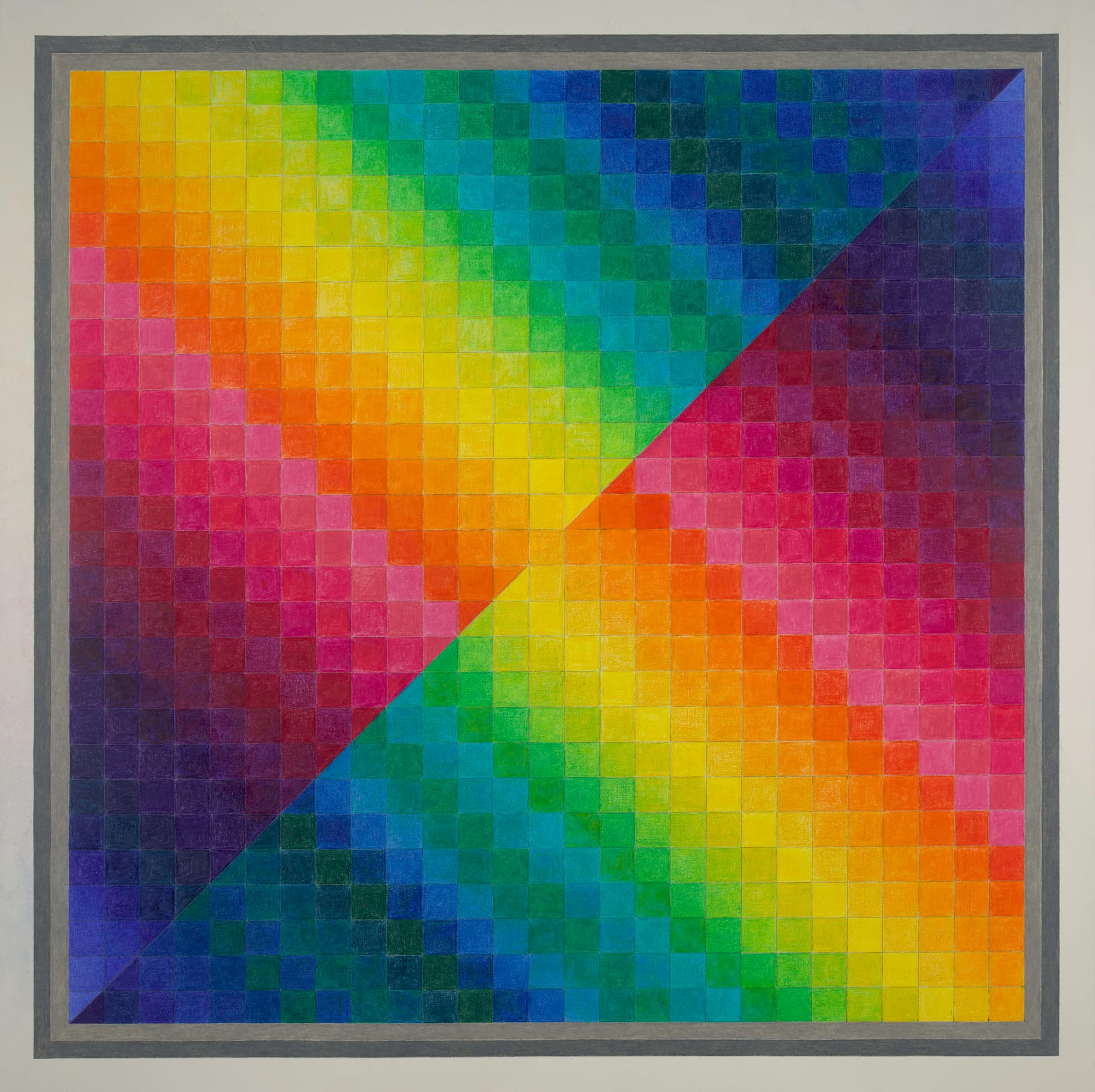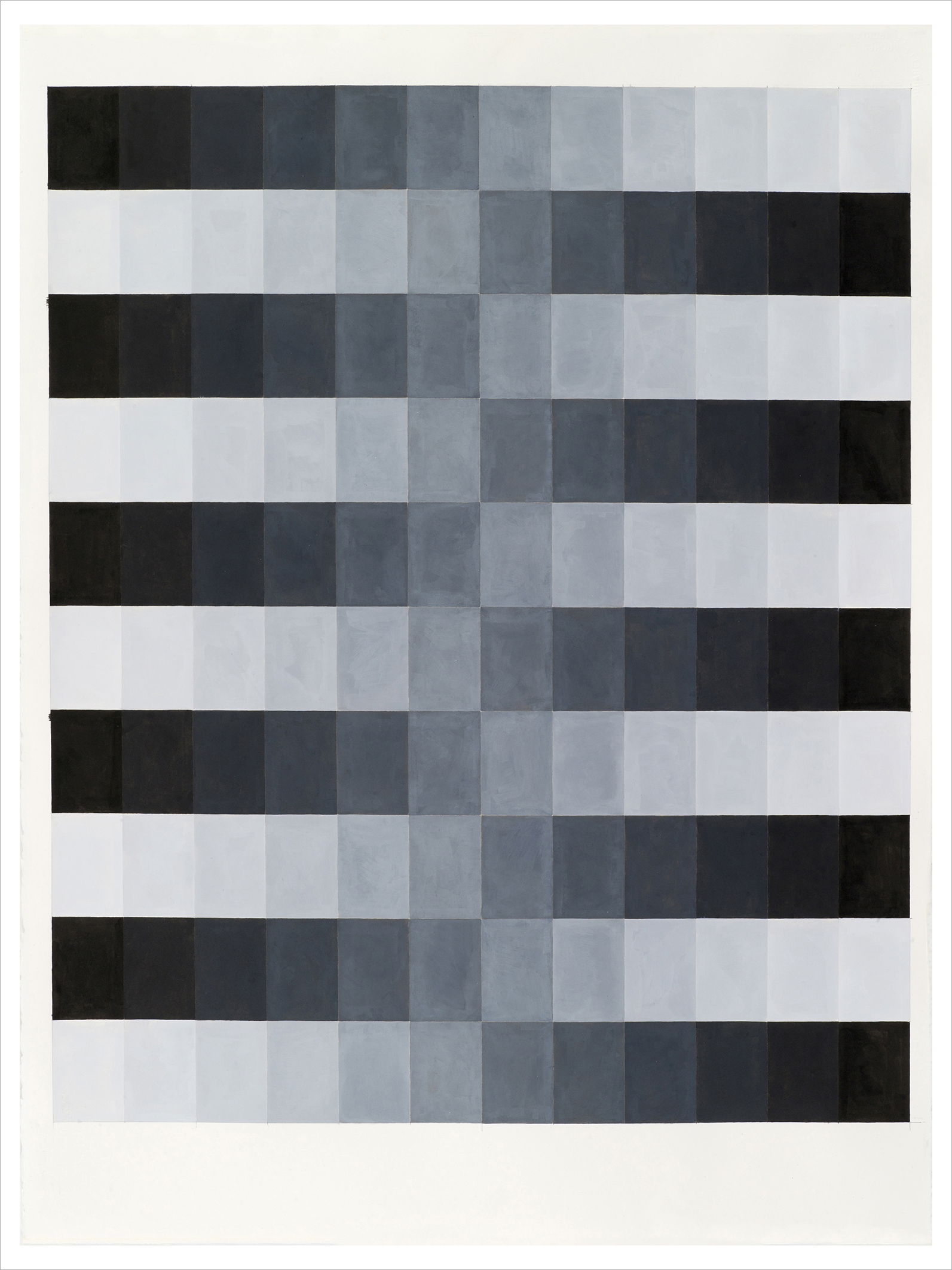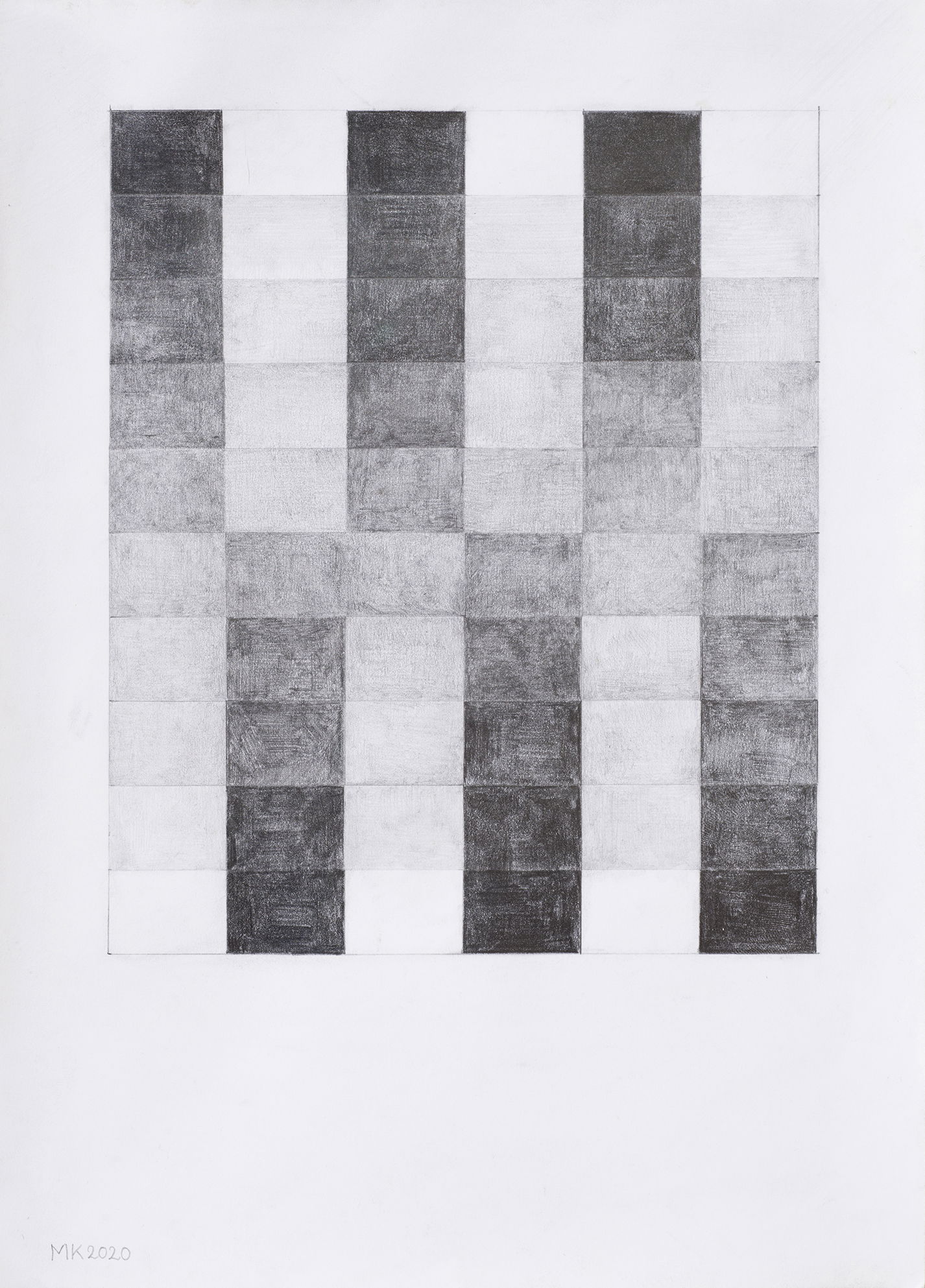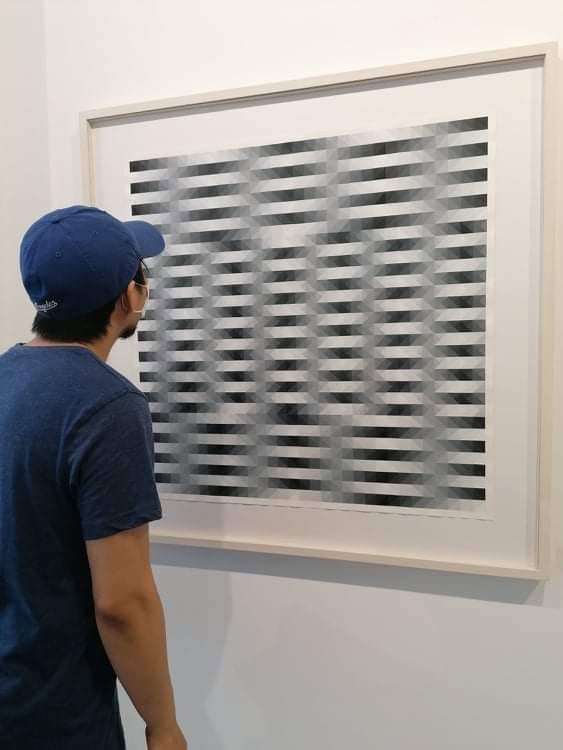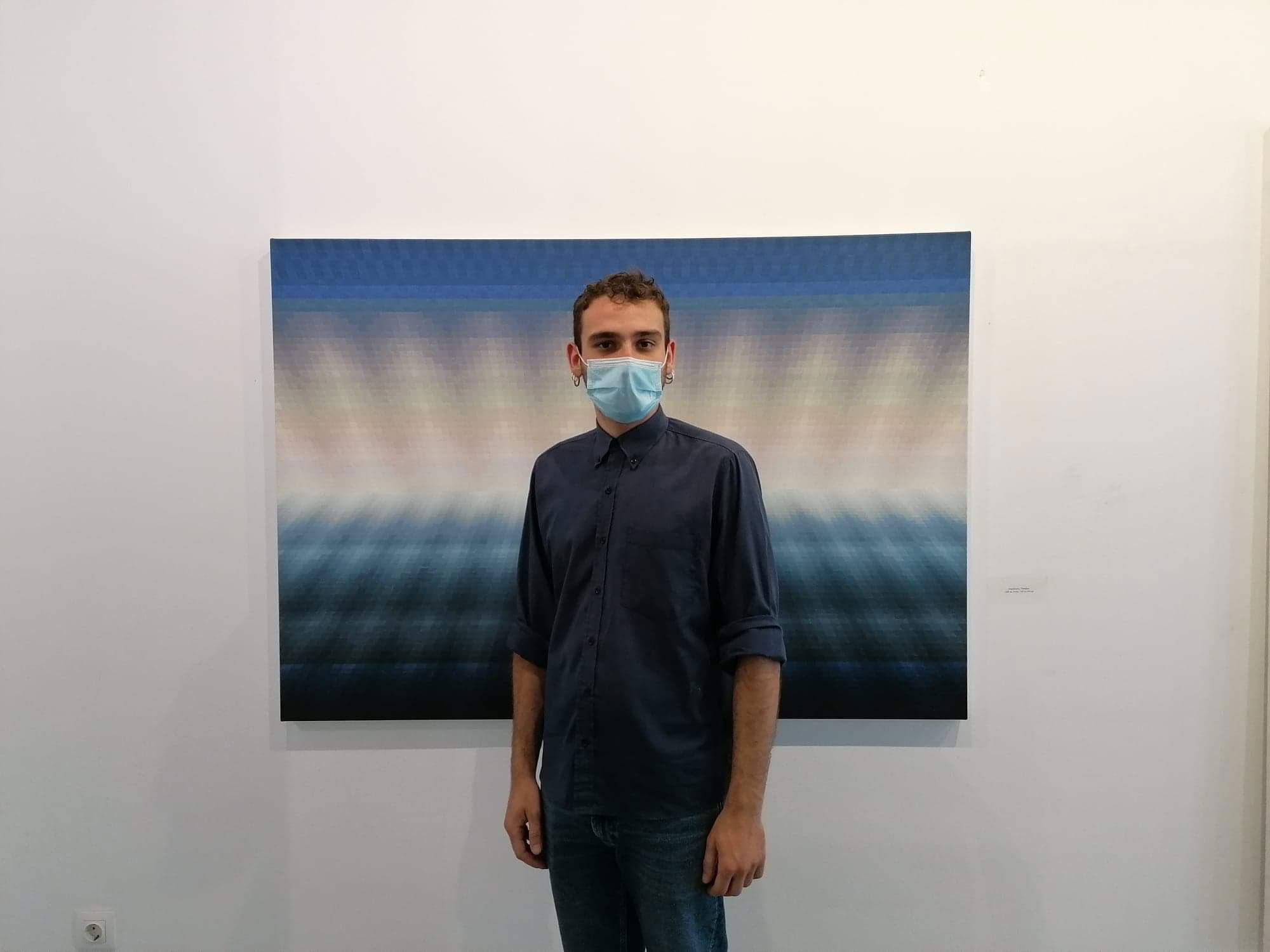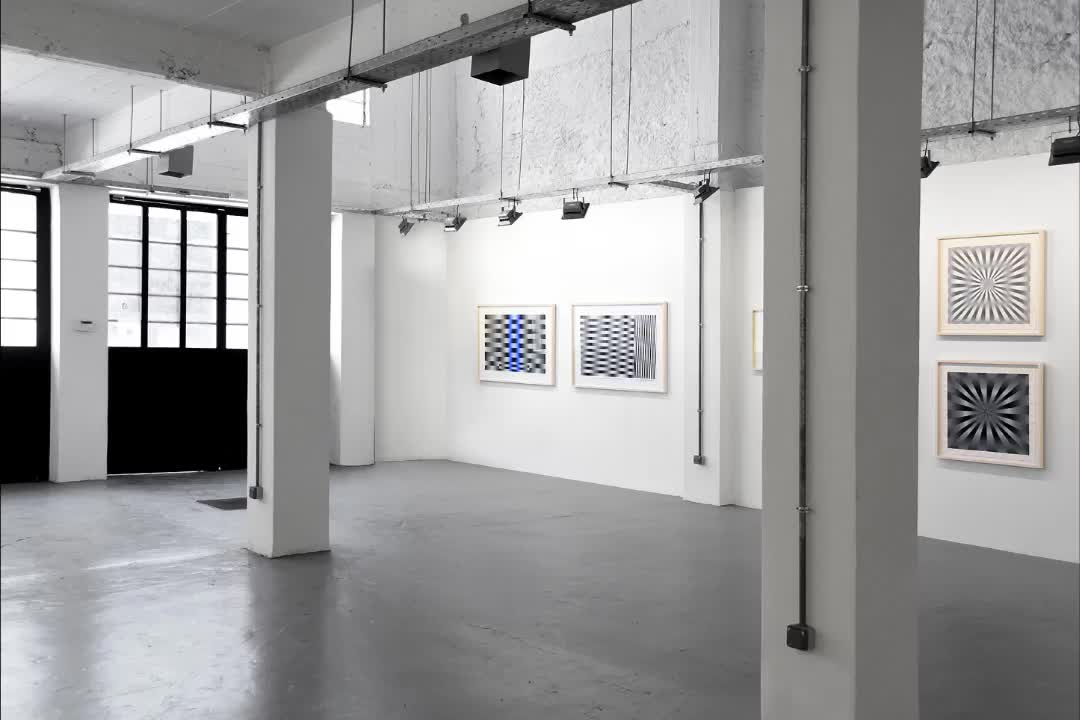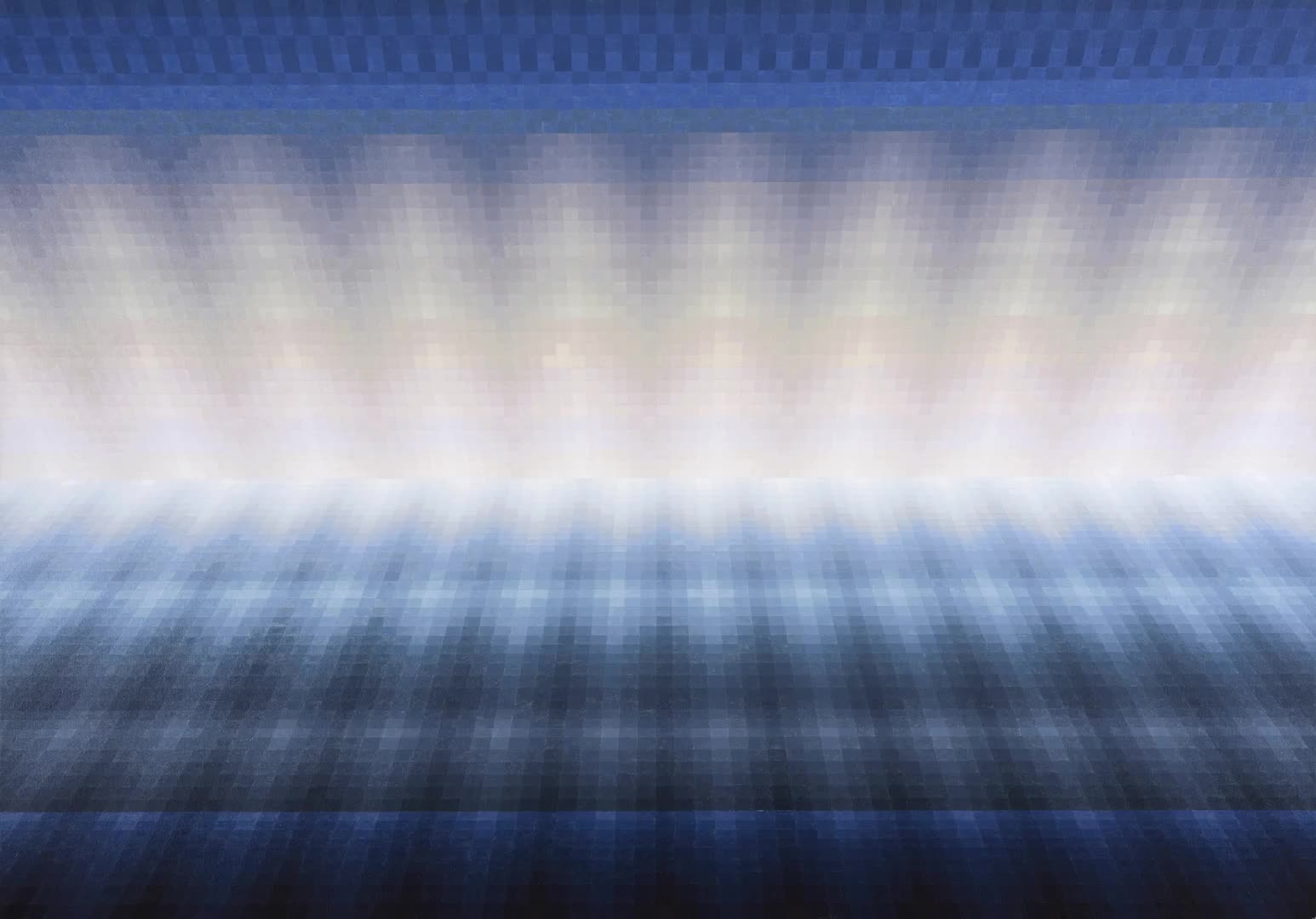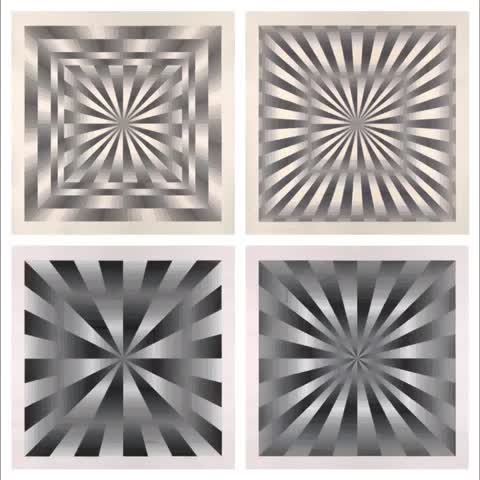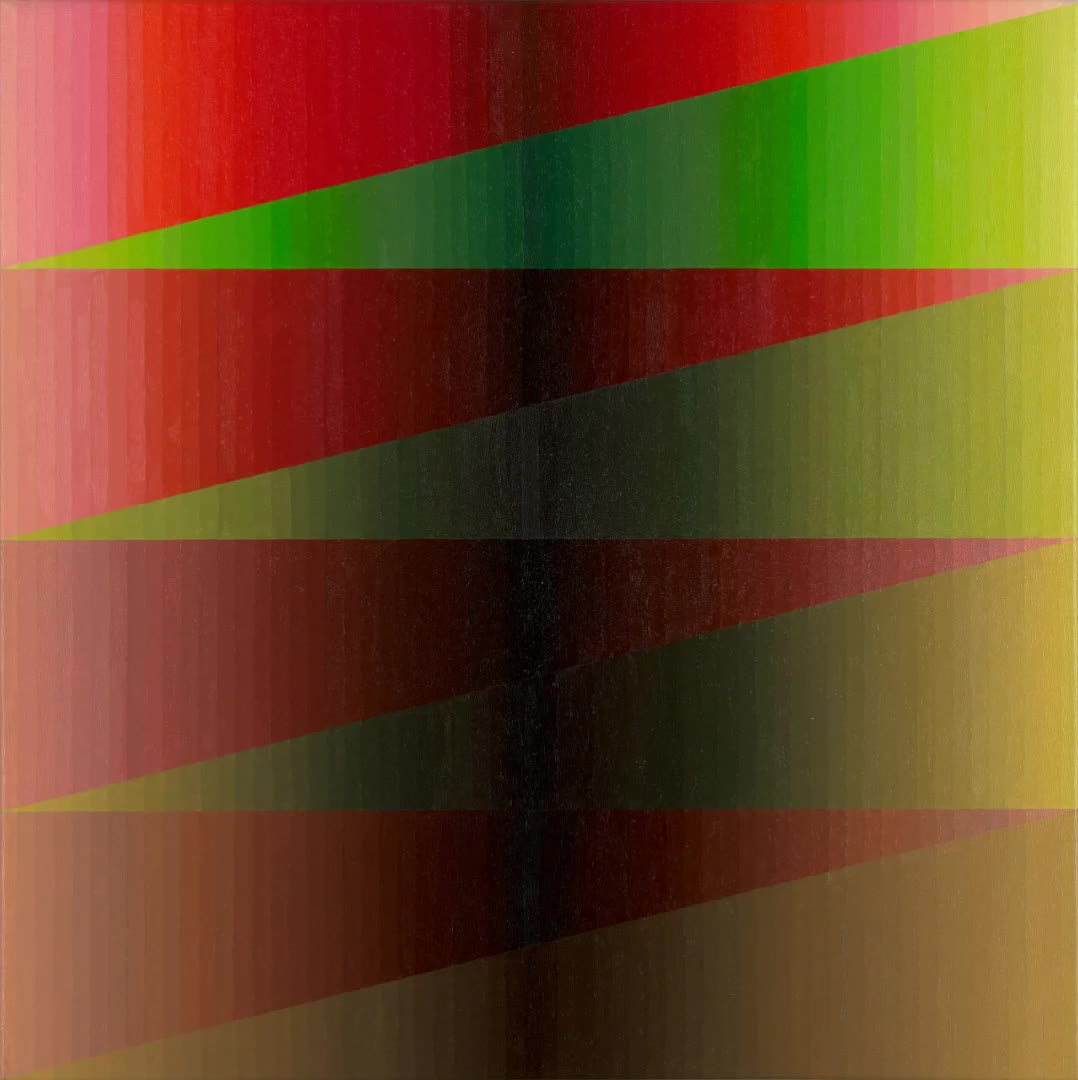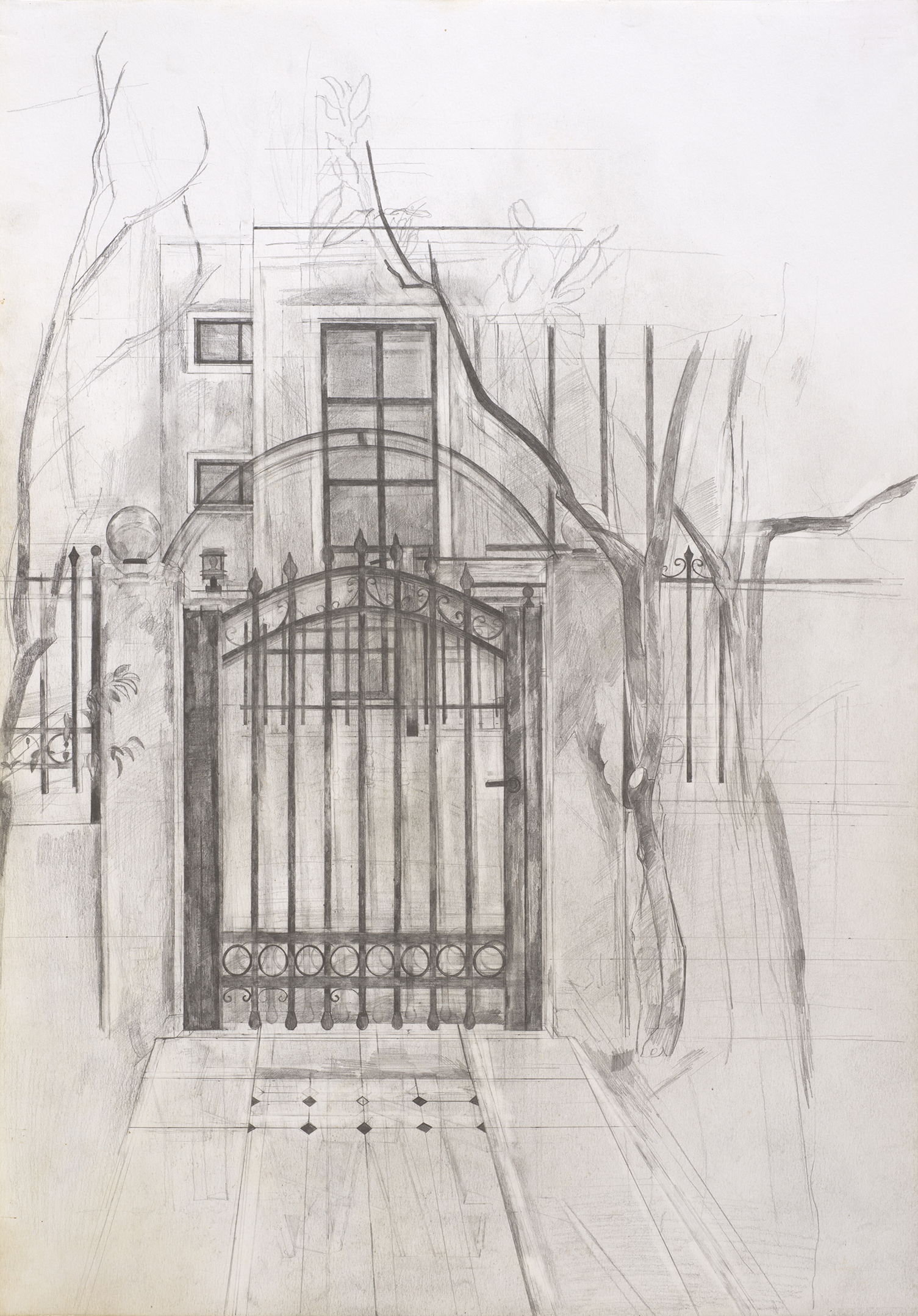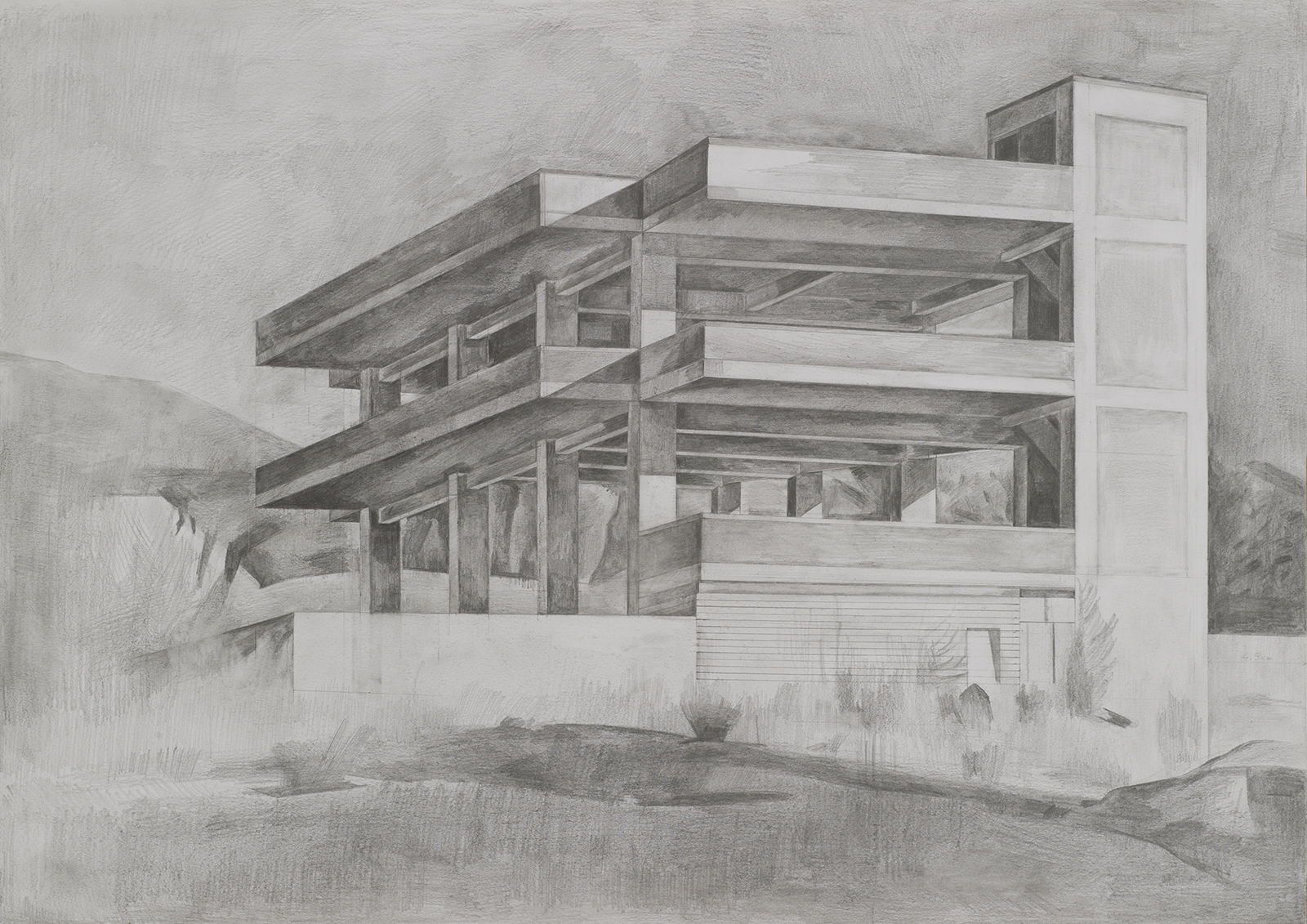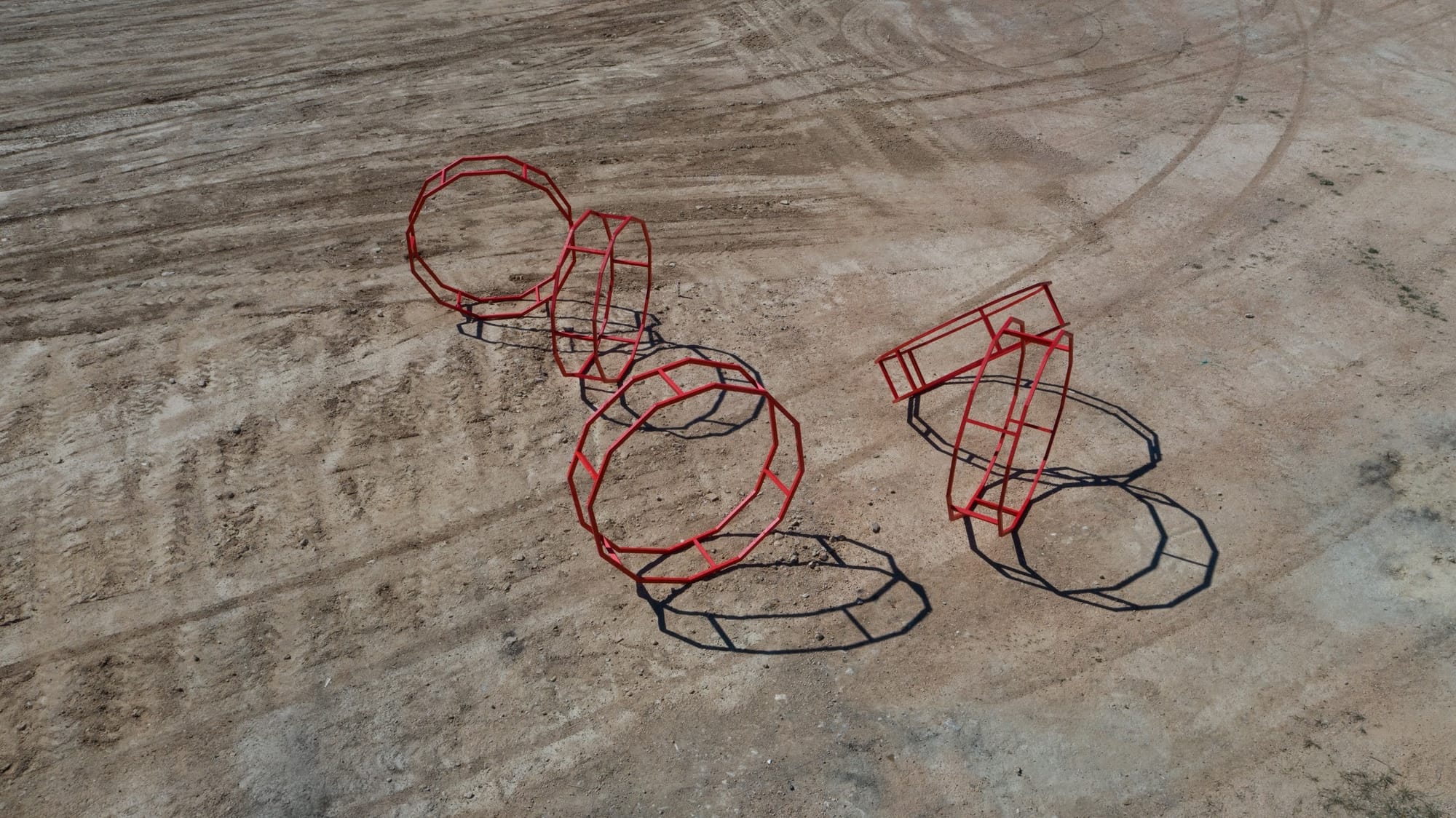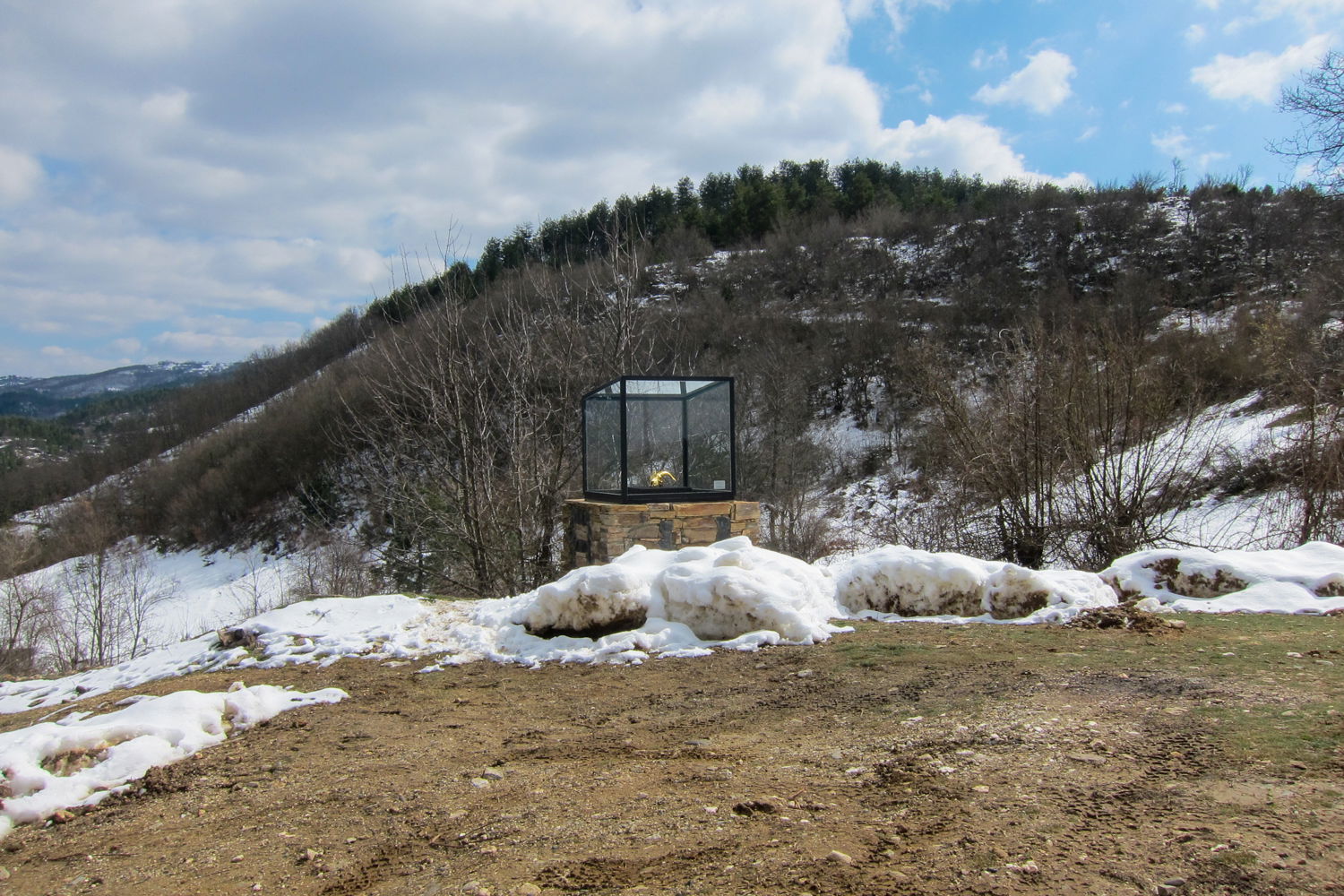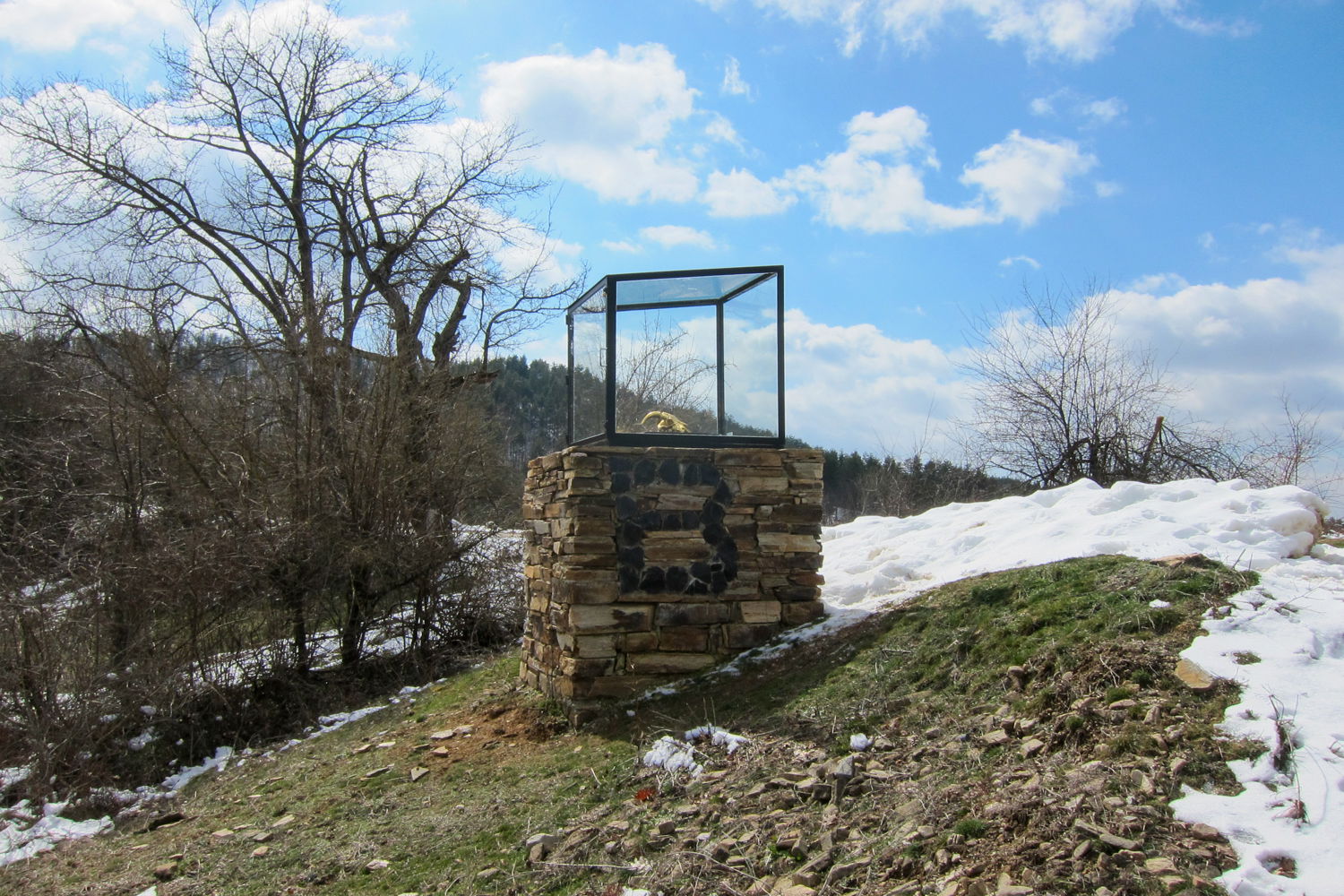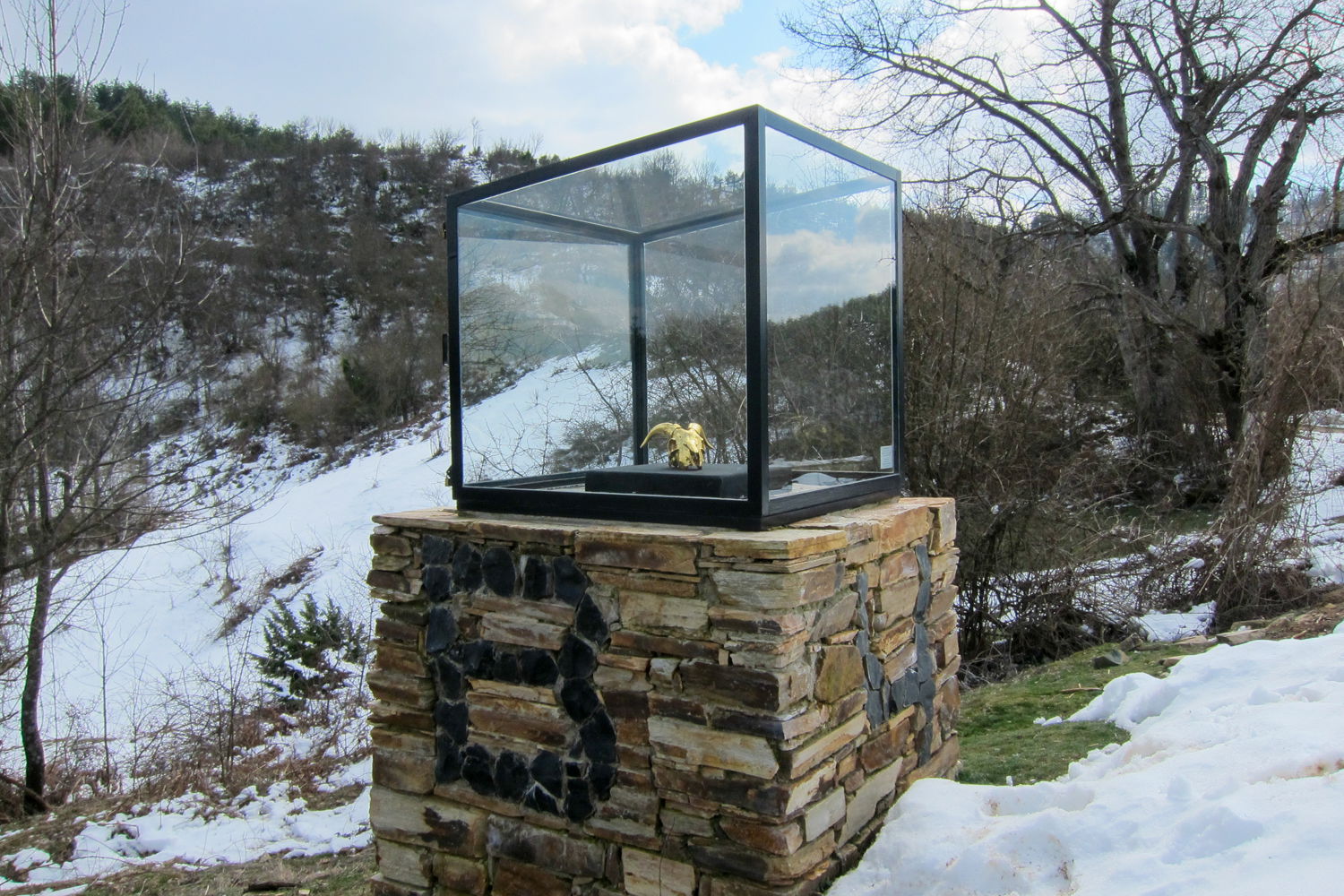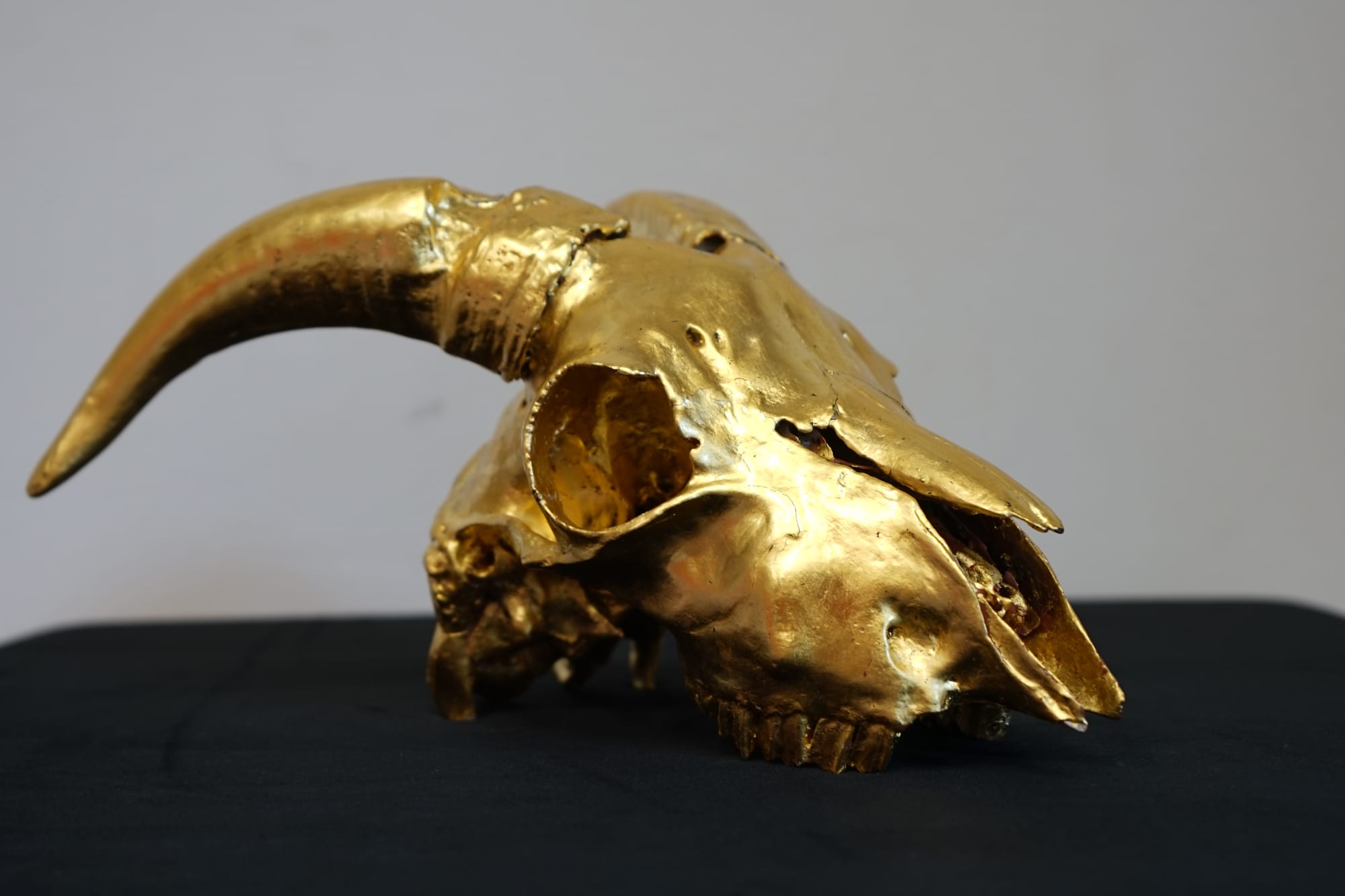Michalis Karaiskos
Artist Statement
Recently, I have moved in a fictional direction, staging scenes with performers who embody strange characters, hybrid creatures or demons acting as ambassadors of absolute Otherness. These fantasies are enigmatic and ambiguous, imbued with a soft and delightful horror. This fabricated horror disrupts the viewer's sense of self as a whole and unified subject, challenging the (illusive?) binary between Self and Other. I photograph these scenes as reference material for paintings, developed first in small-scale works, often similar in size to the printed photographic source. While working on a small scale, I determine the optimal size for a particular painting that allows the theme of my work to resonate with maximum capacity.
I am fascinated by a search for the uncanny within the ordinary in my subject matter, though I occasionally return to still-life settings in my studio, using many objects, found, constructed, and ordinary. This act of "repatriation" to observational painting helps me renegotiate and redefine my relationship with the materiality of painting itself. Often, I feel as if I am getting too close to my subject when I paint, yet this proximity is essential to complete the work in a sensible way. Through the process of prolonged observation, a deeper understanding of what I am looking at emerges. Unexpected things happen when one looks at things for a long time. Under normal conditions, I never quite arrive at seeing anything; it is only when I start to observe and paint that the subject gradually reveals itself. In this way, the painting becomes the tangible manifestation of this perceptual experience.
Thinking and writing through this body of work.
My practice questions the conditions for experiencing the sublime. Is it attainable to paint a picture in an abstract language that represents the limitless? In my present research, I explore the paradox of seeing the light and color in the absence of any specific object of sight, aiming to create a sense of perceptual indeterminacy that acts upon the viewer. Indeed, some of my paintings appear as a glowing rectangular field on the wall, a cut-out opening into a dazzling void, which functions as a sort of a portal to another space-time continuum.
Furthermore, I am interested in the phenomenological experience of color, dealing with how color operates on its own terms and within the context of other colors. My practice is seeking to get into the subject matter of color and understand it through experience.
The chromatic structures are organized and escalated so as to leave viewers often with a feeling of 'destabilization' as zones of clarity interact with zones of vagueness. At the same time, the 'tricks' of visual counterpoint I introduce within a densely structured network demonstrate the kinetic potential of color, creating a kind of optical tremolo.
A sense of compression and acceleration is also present as the size of the forms gradually decreases and the frequency of 'events' occurring in the system increases. It seems that the broadly known Physics principle where you cannot have movement without its opposite -stasis finds its visual equivalent. The dialectics of static and dynamic visual elements indeed produce virtual vibration. This is how my research raises the question of visual time since I have to handle two types of rhythm: the overall 'tempo' of the work and the different speeds of the separate modules that make it up.
I follow a systemic approach to color. The works I produce are essentially platforms of 'chromatic events' that demonstrate the subtle qualitative transitions and differentiation that occur in colors in the context of their correlations. Through my paintings, I expose how color visualizes mathematical change and the uncanny atmospheres generated through specific color palettes. I engineer pigment and geometry into illusory experiences that provide clues about their material origins.
How to deal with the sensation of depth has been a big quest. There is seldom a single focal point in most of my ink paintings except the square format ones. However, it is not an unfocused space but rather one not being fixed to a single focus. I plan to develop the potential of multifocal areas versus the single focal ones in conjunction with the complex perspective parameter.
I also wonder how a polychrome can sometimes behave like a monochrome via a ubiquitous and persistent pattern that suggests void and form at the same time and how contextualization can reduce a multitude of colors to one. Translations between the theoretical and the tangible, virtual and the physical, are central to my work. Finally, I recently emphasized an optical implementation of the concept of 'variations for a theme' that resembles the popular form of baroque music. By organizing my material differently each time, I discovered that I could have an entirely diverse outcome for each work.
Groundwork
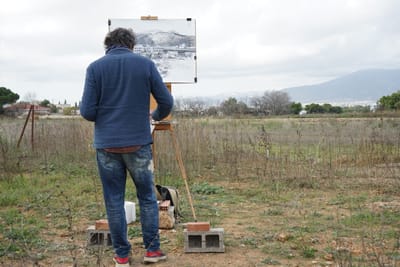
Moreover, this obsession with cartography inspired me to create a body of purely abstract paintings based on the grid (see the section, Works: 2019-2021). Just as in landscape paintings, where every tiny brushstroke is modulated in colour as they are juxtaposed, the same applies to abstract works, where every colour value changes as each square of the canvas is painted. However, what is radically different in the latter is that the continuous stimulus does not derive from observing the natural world. Still, on the contrary, it is the result of an invention based on mathematical algorithms and the theory of musical counterpoint. Applying an extremely dense grid design, I aimed to produce images in which all kinds of dominant shapes entirely disappear. Instead, the work is broken down into a series of divisionism sequences of light and shadow that constantly neutralise each other,, sometimes creating a haunting glow. This body of work eventually led to my first solo exhibition.
In artworks including human figures, I create a sort of theatrical setting in my studio, a 'mise en scene' where the model fits into it semantically, taking on a role. I tend to paint my setups in life-size as my goal is to produce an image that is too "vivid", not only through the realistic painting effect on the actual scale but also at the level of narration. Finally, I must note that I feel the need to move to different realms or genres of figuration from time to time. This keeps my creativity flowing and introduces fresh perspectives and ideas.
Artist Bio
